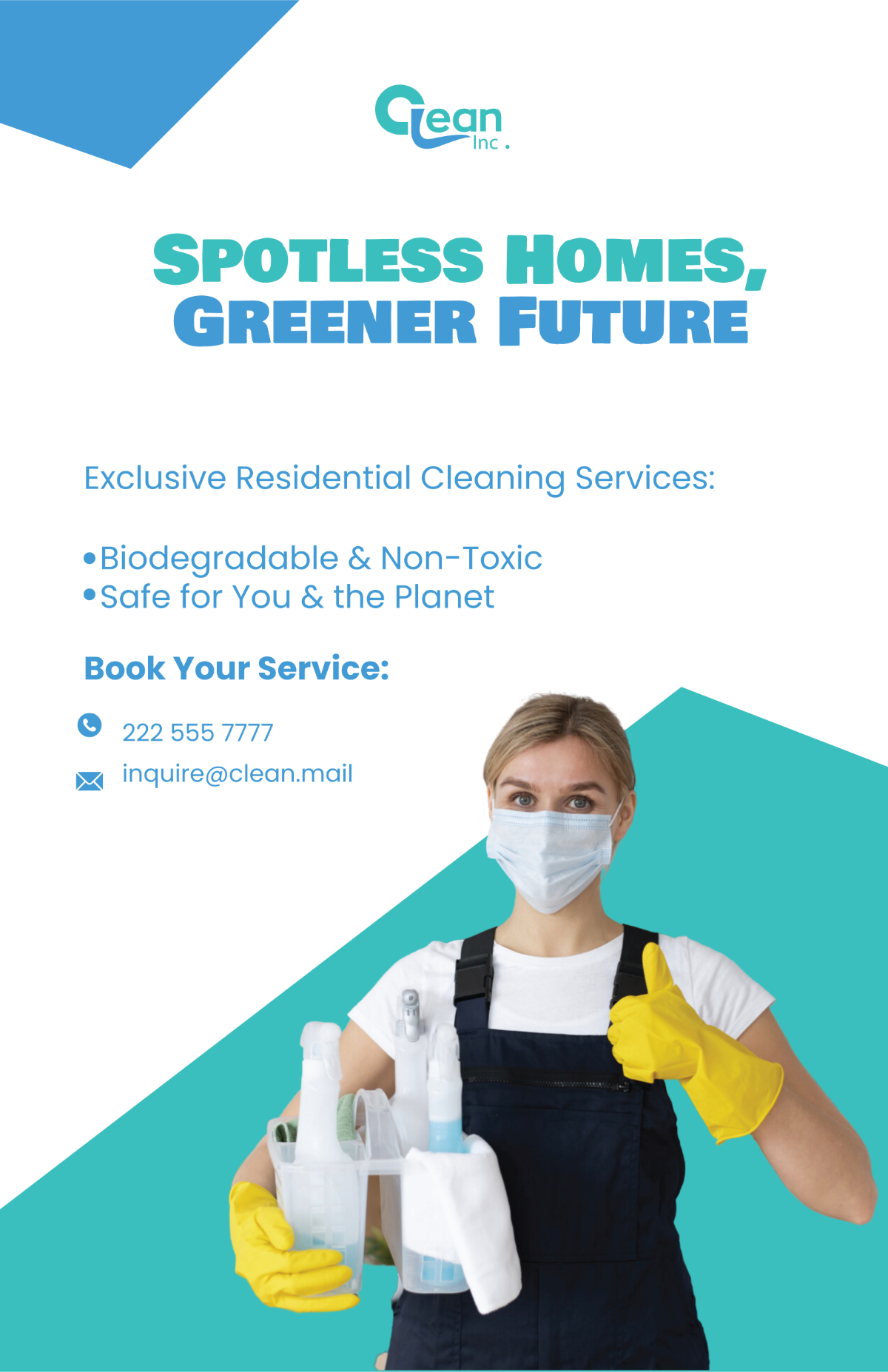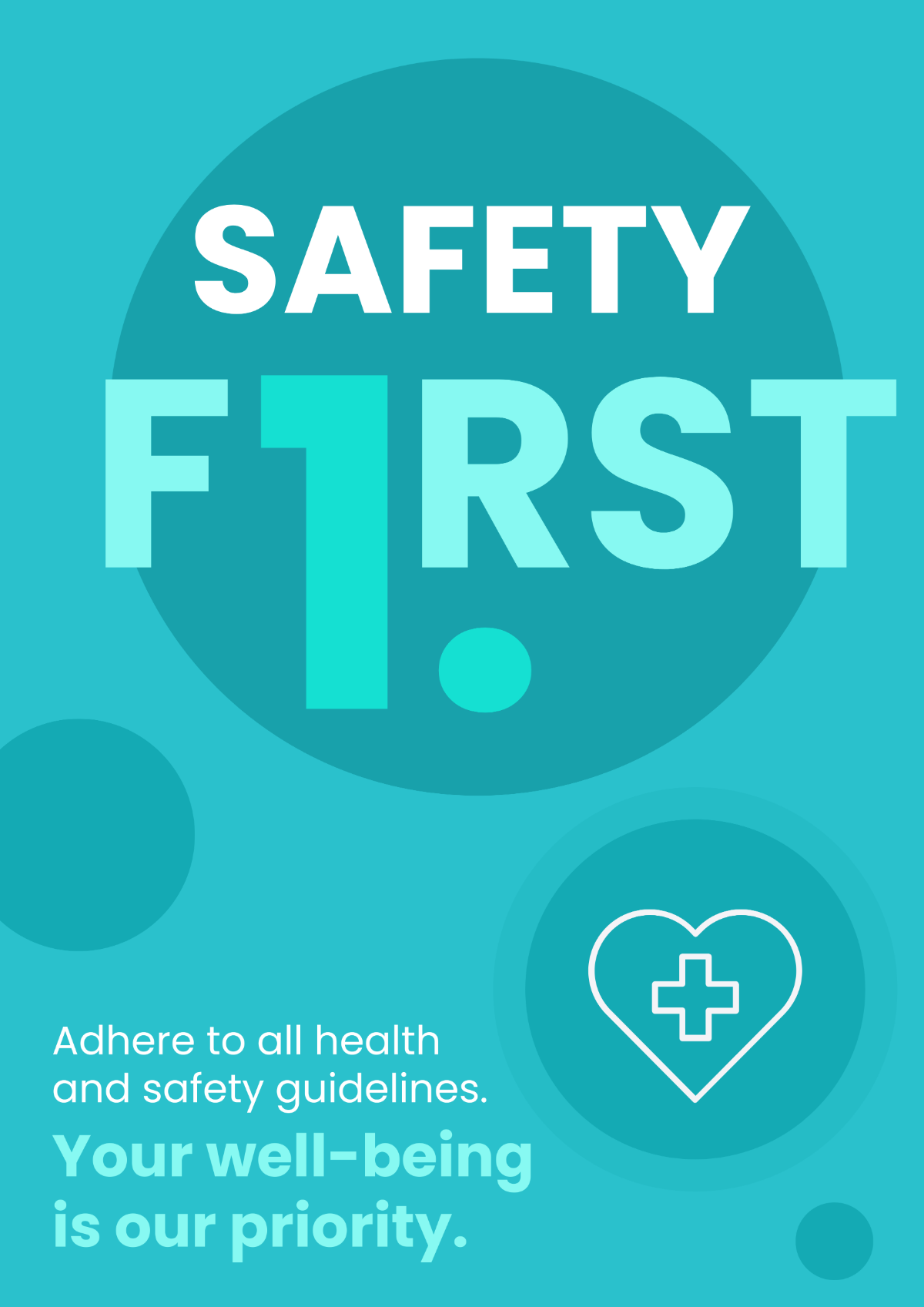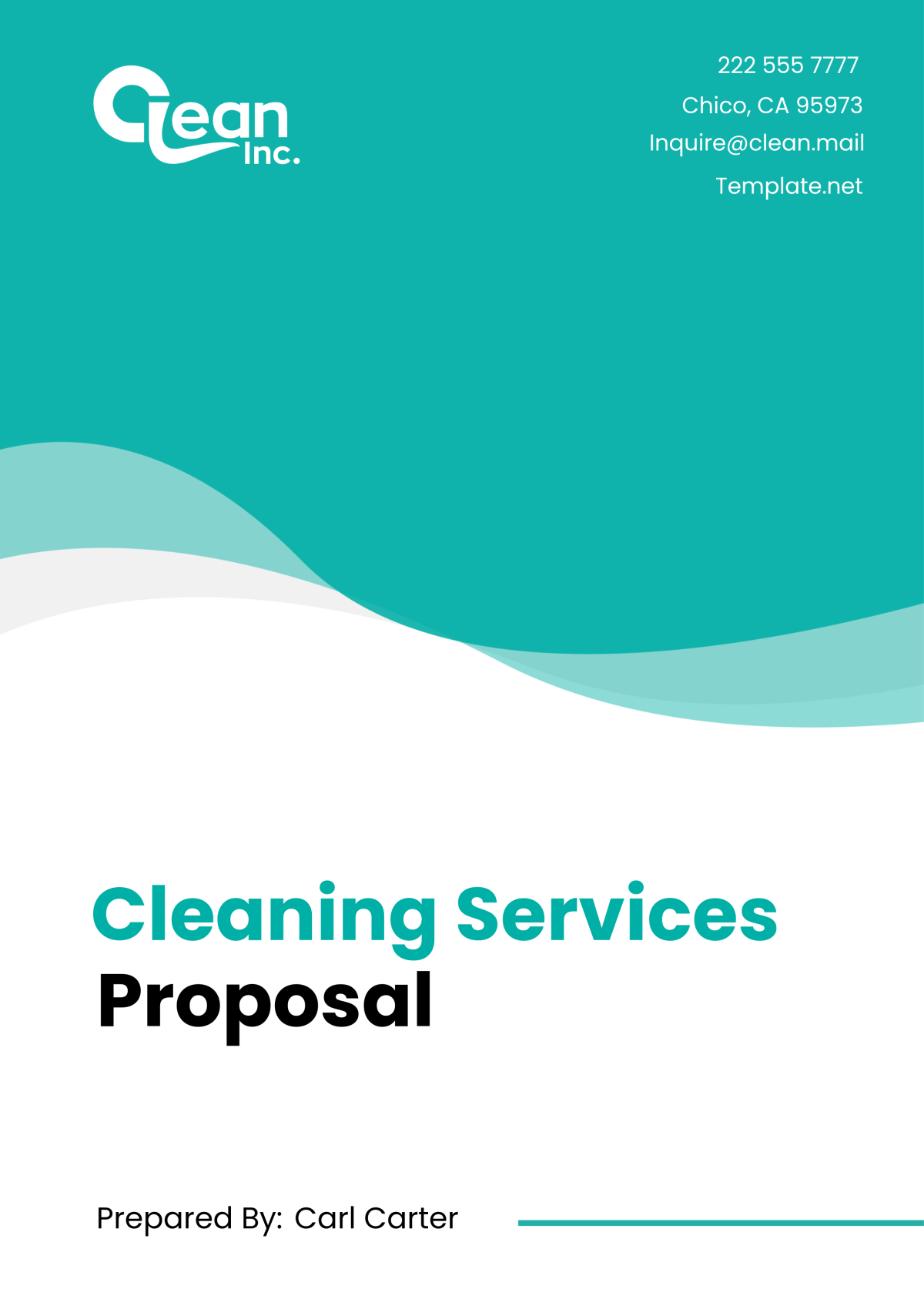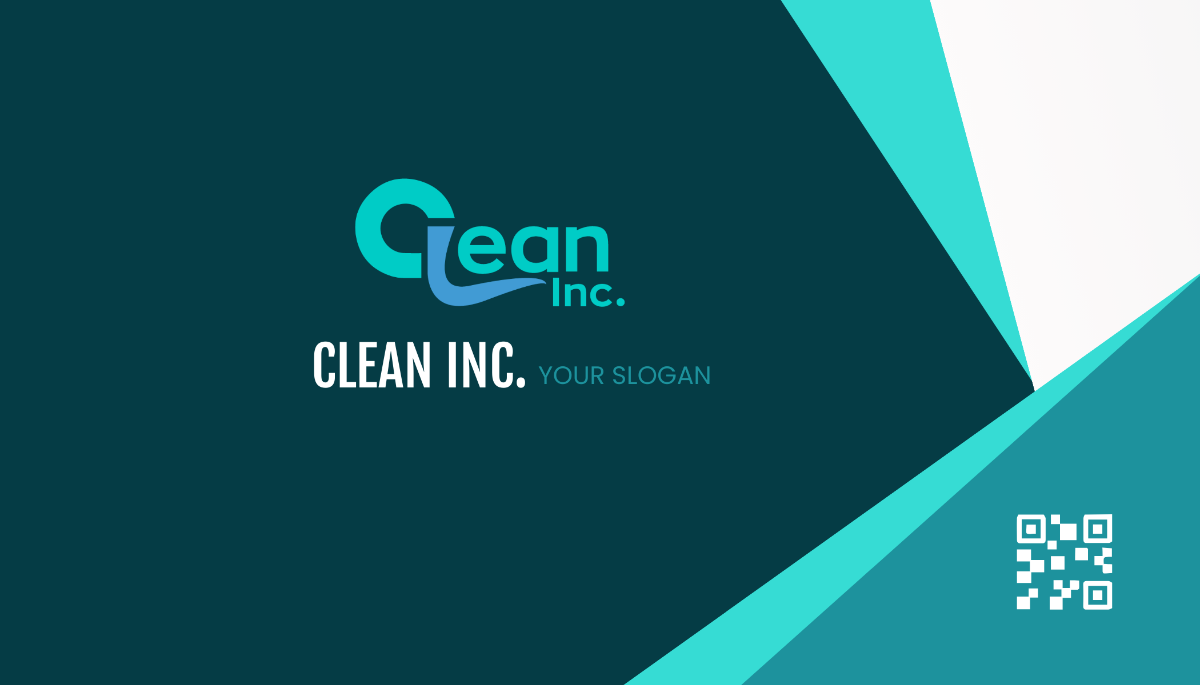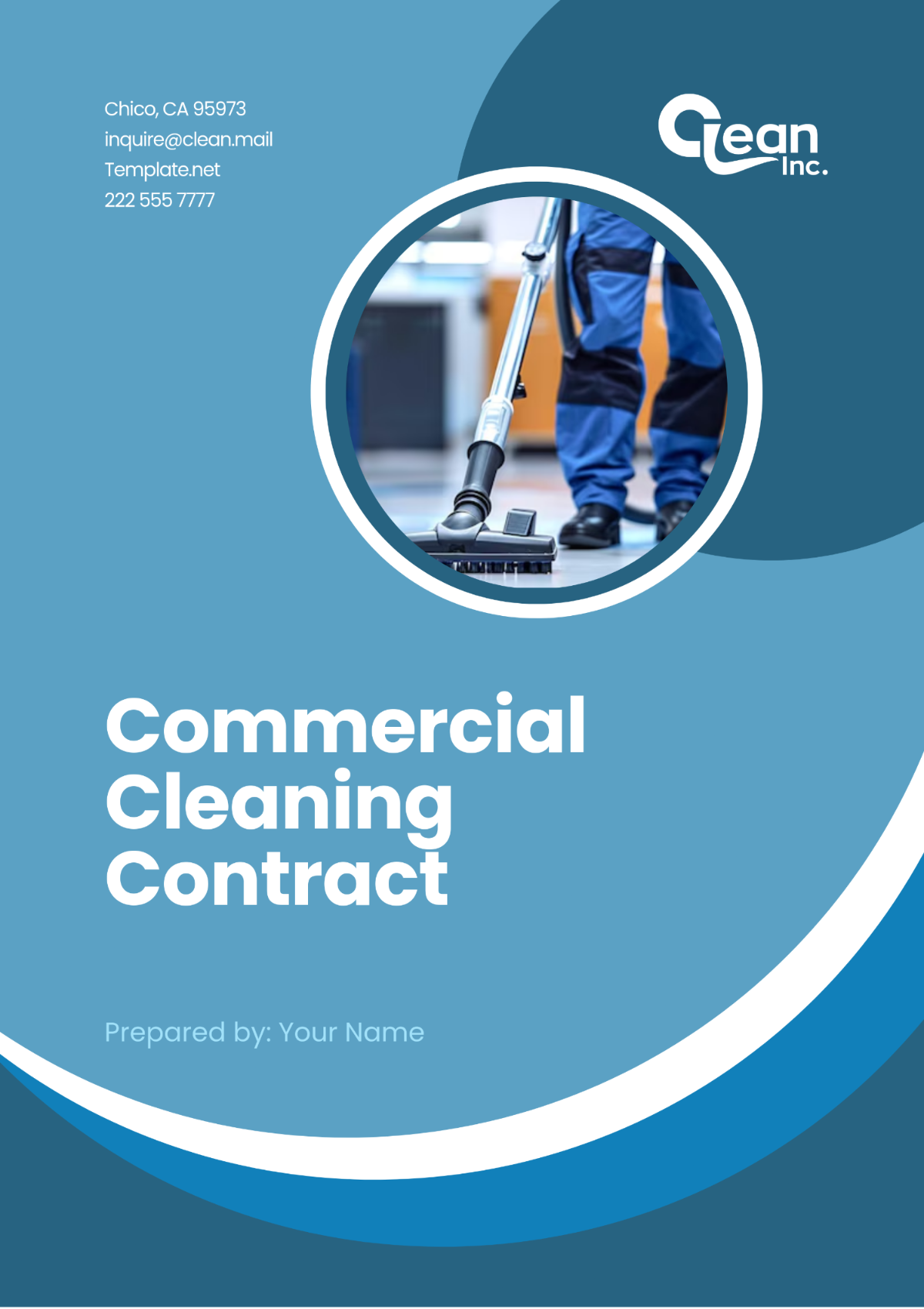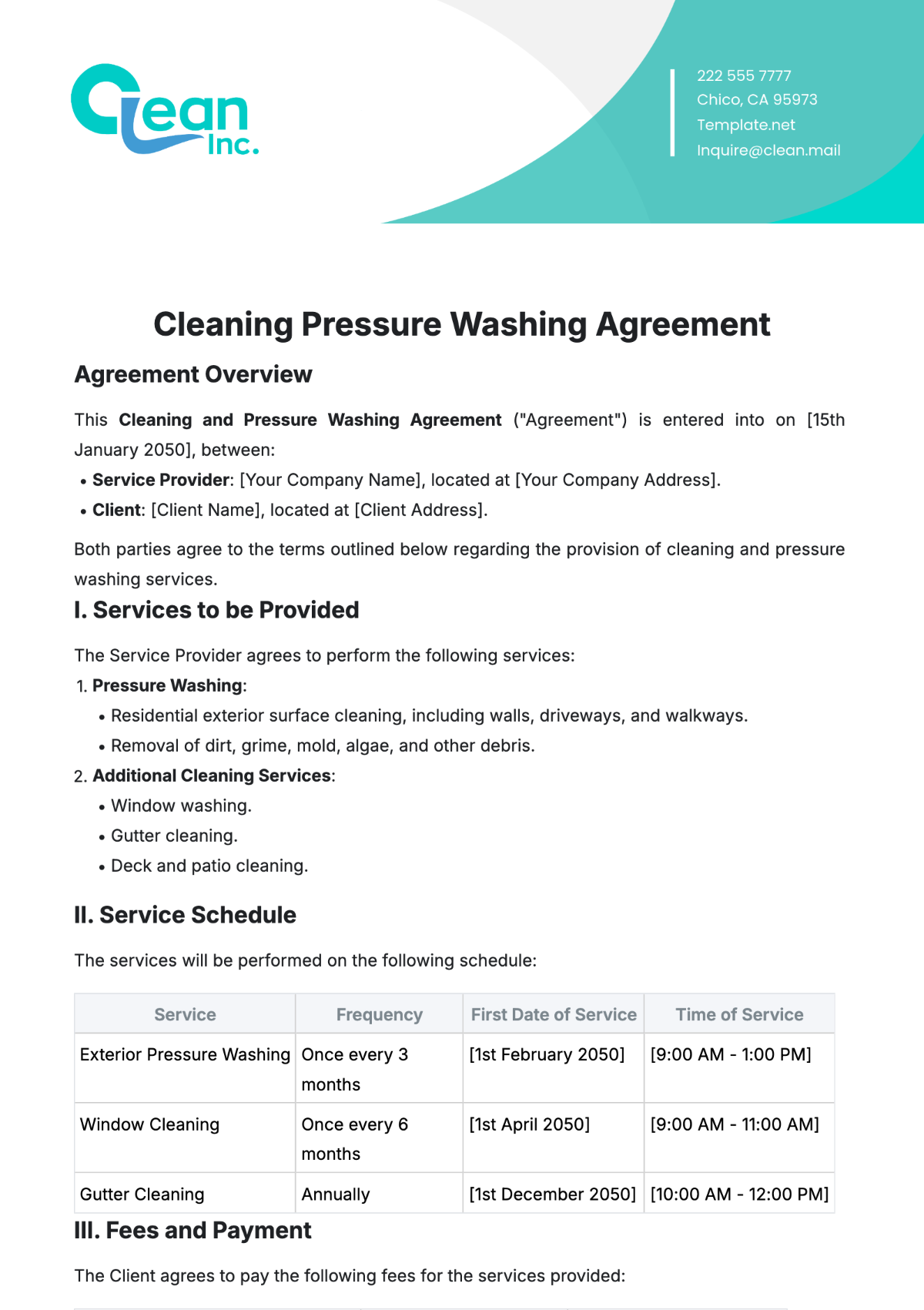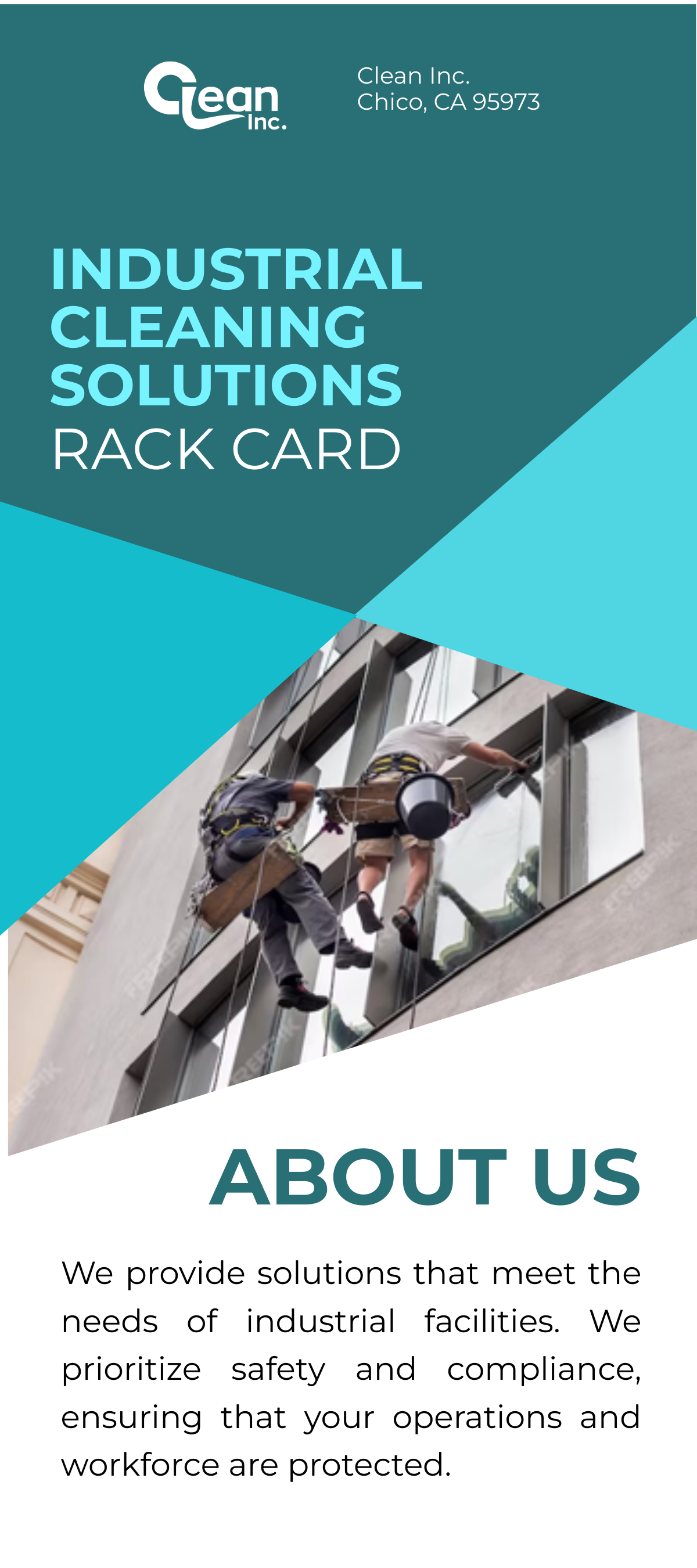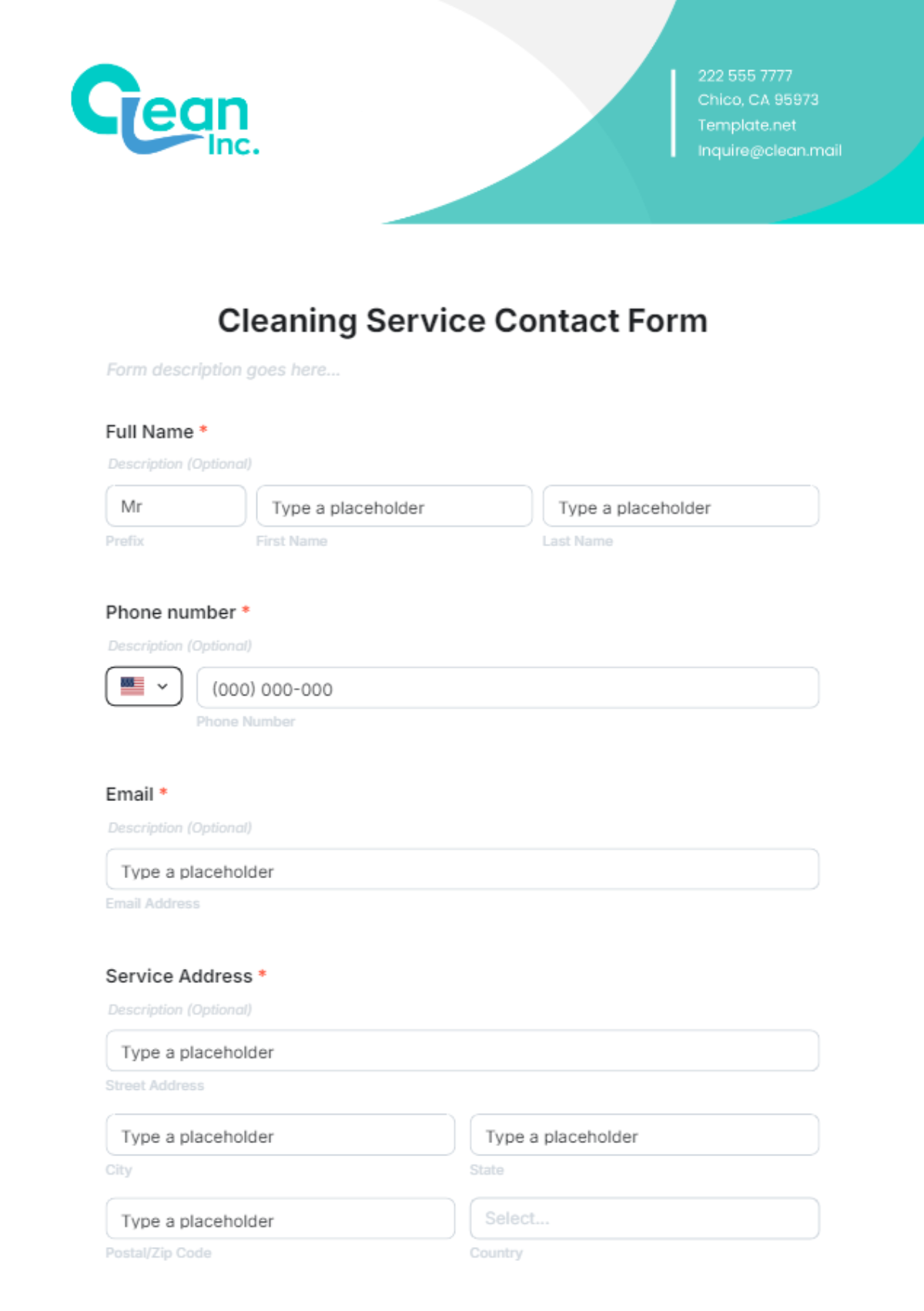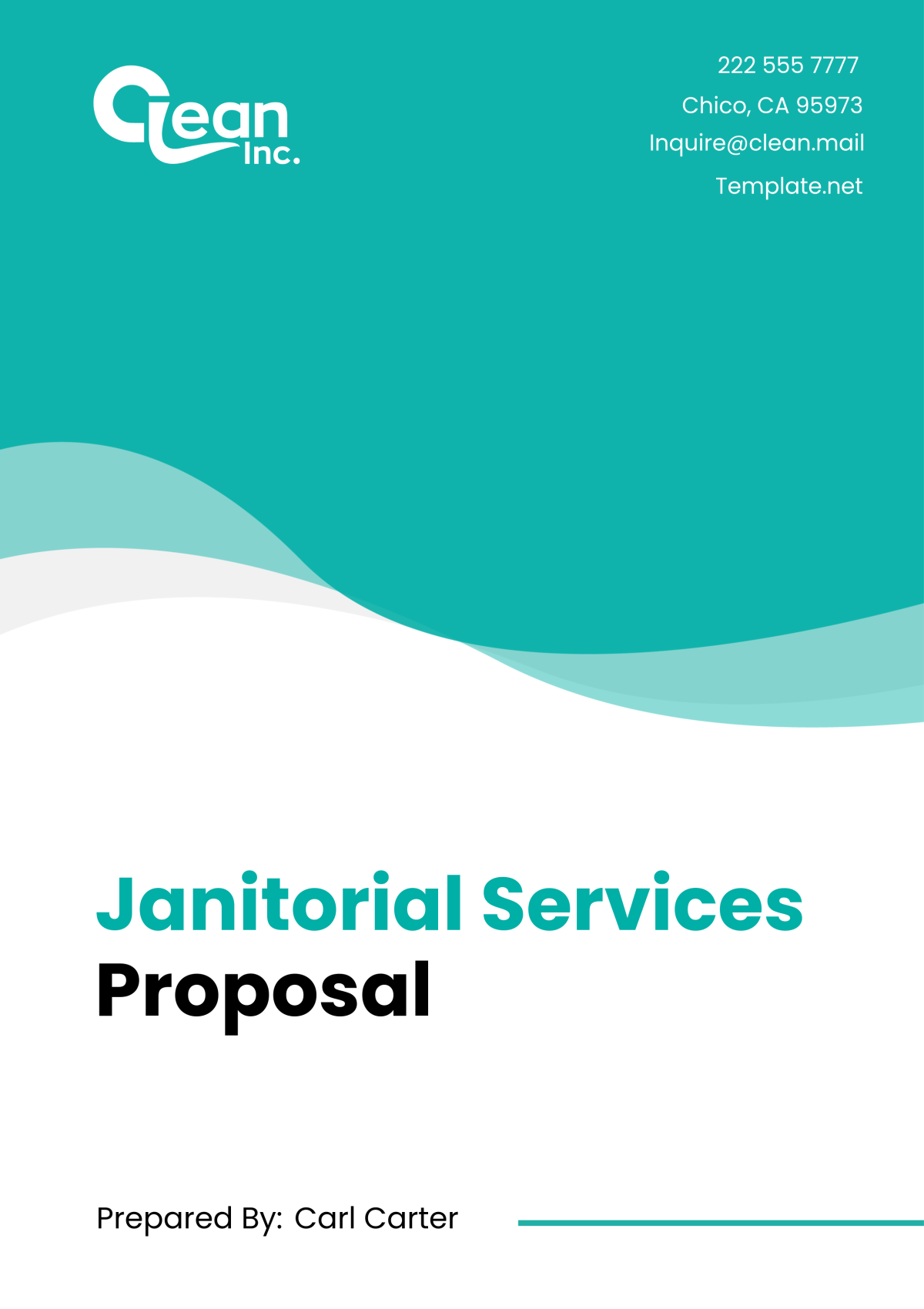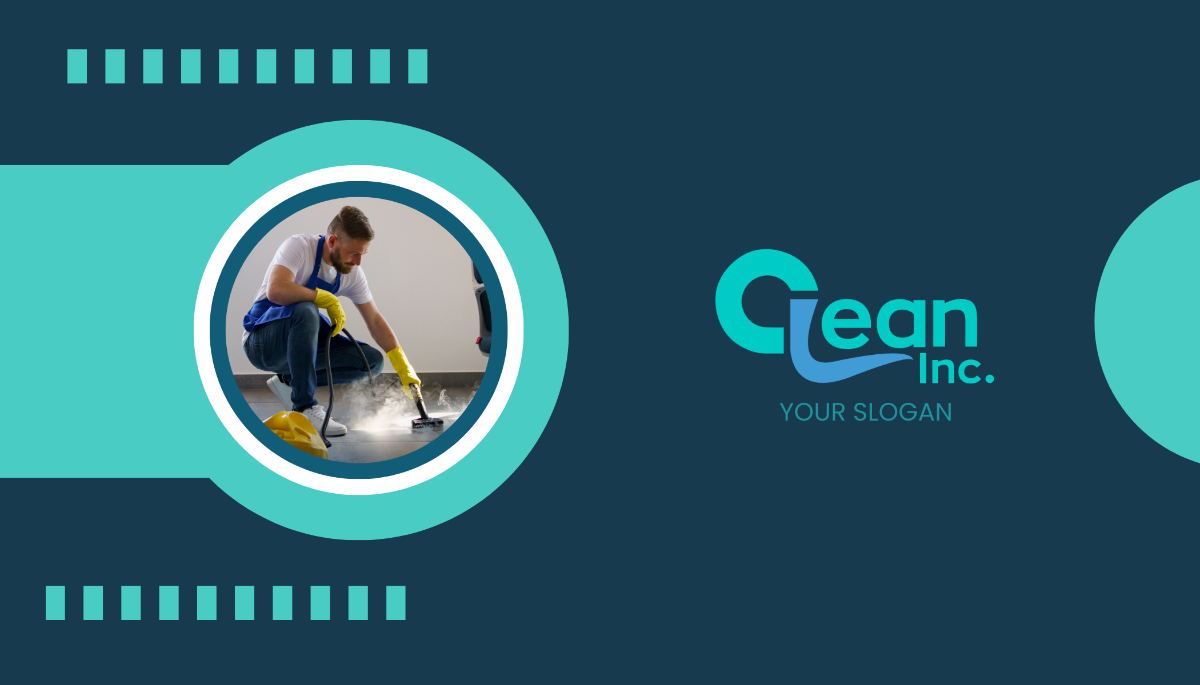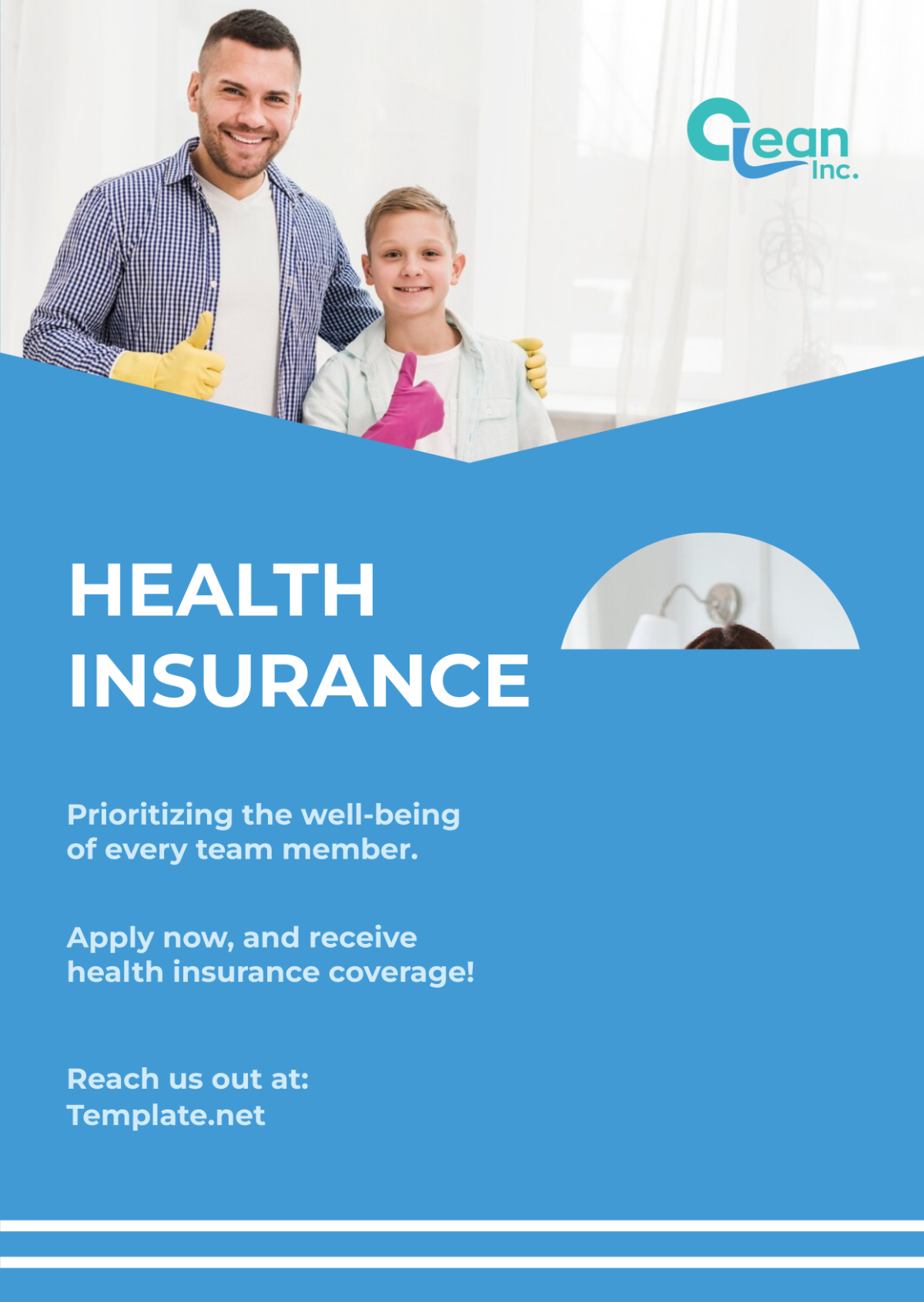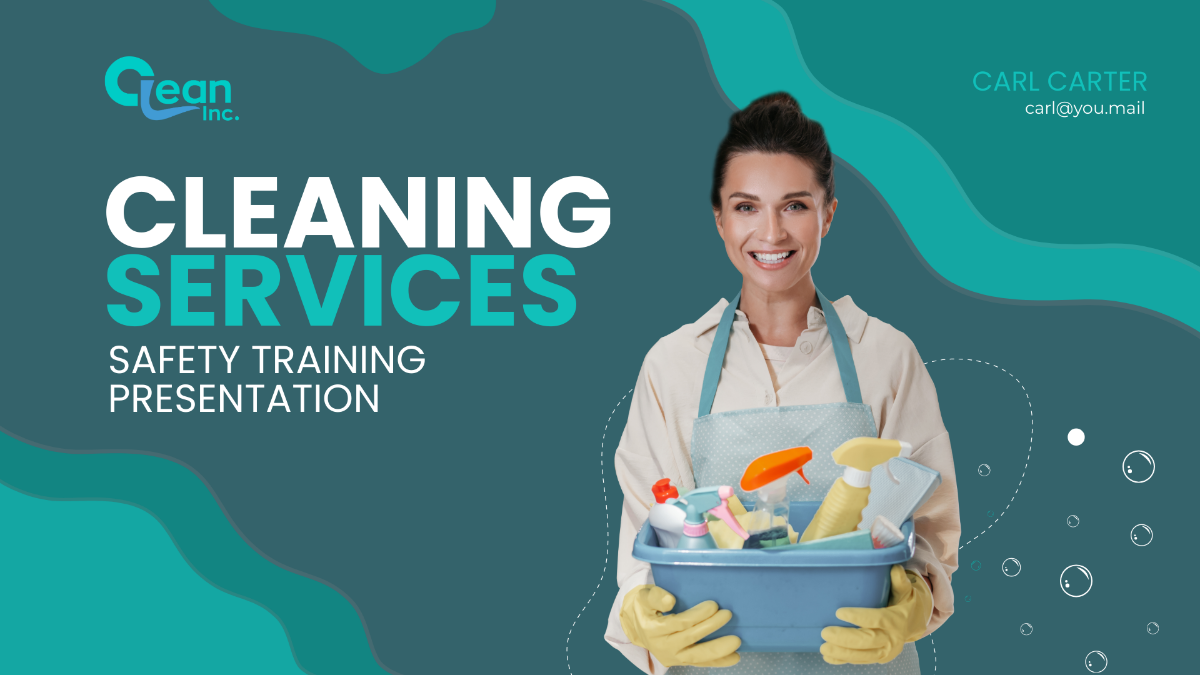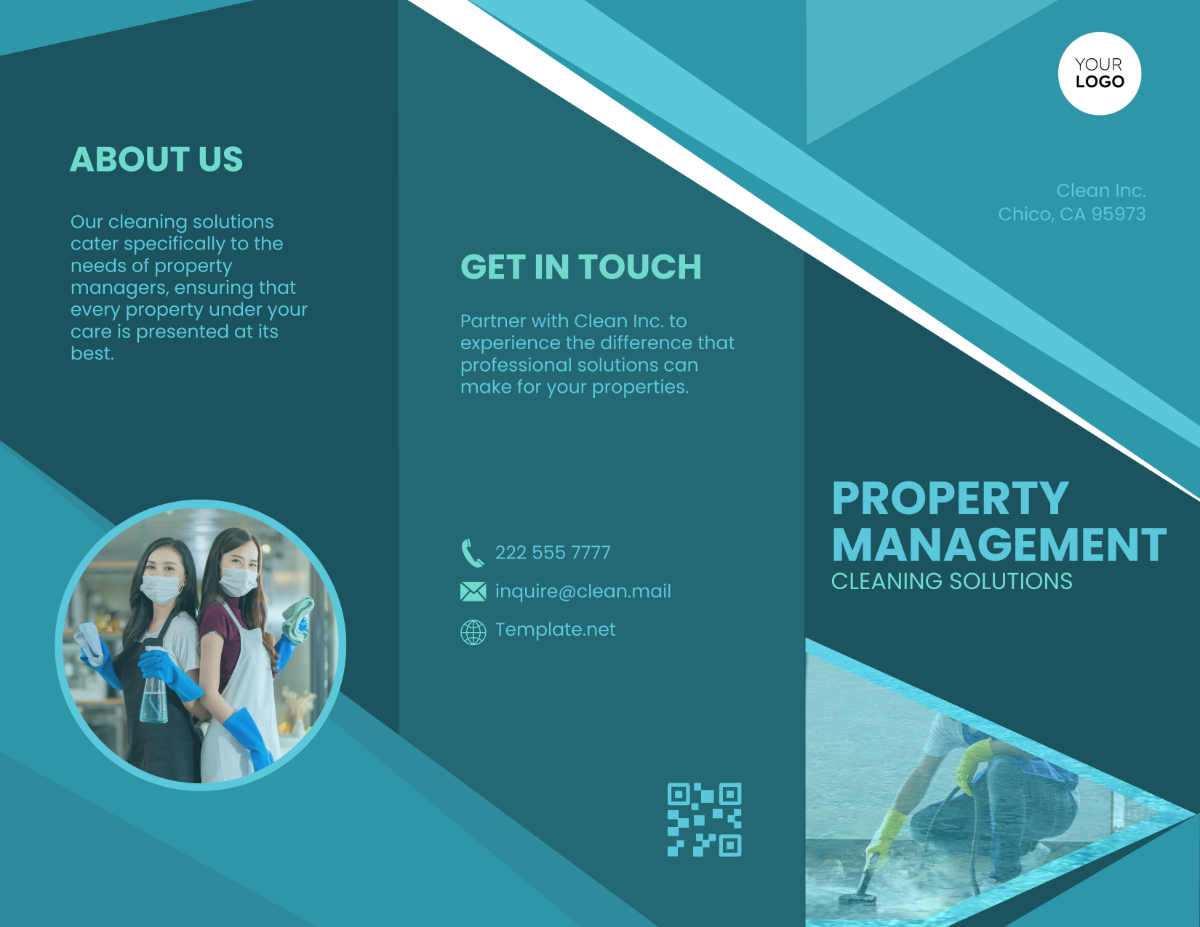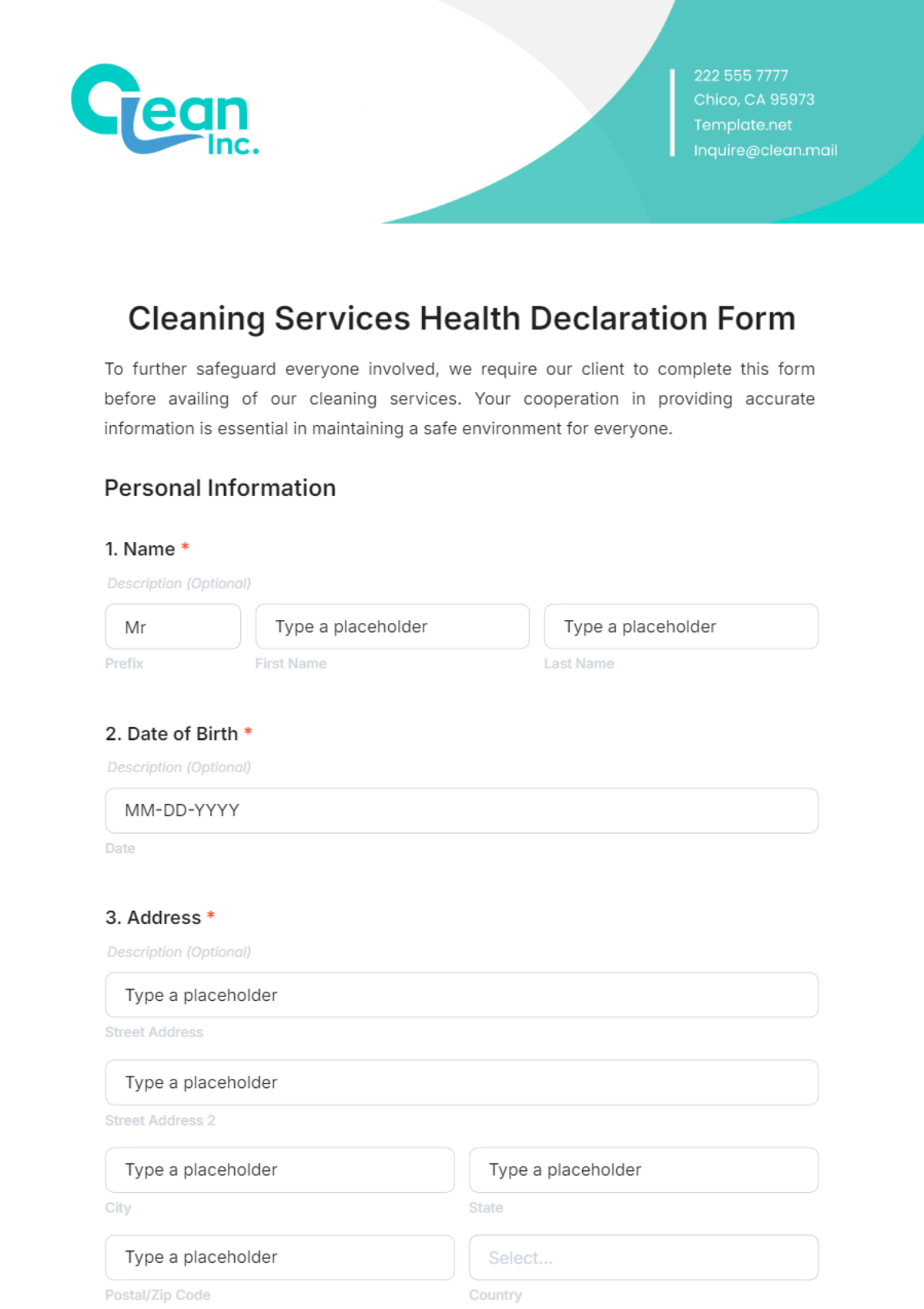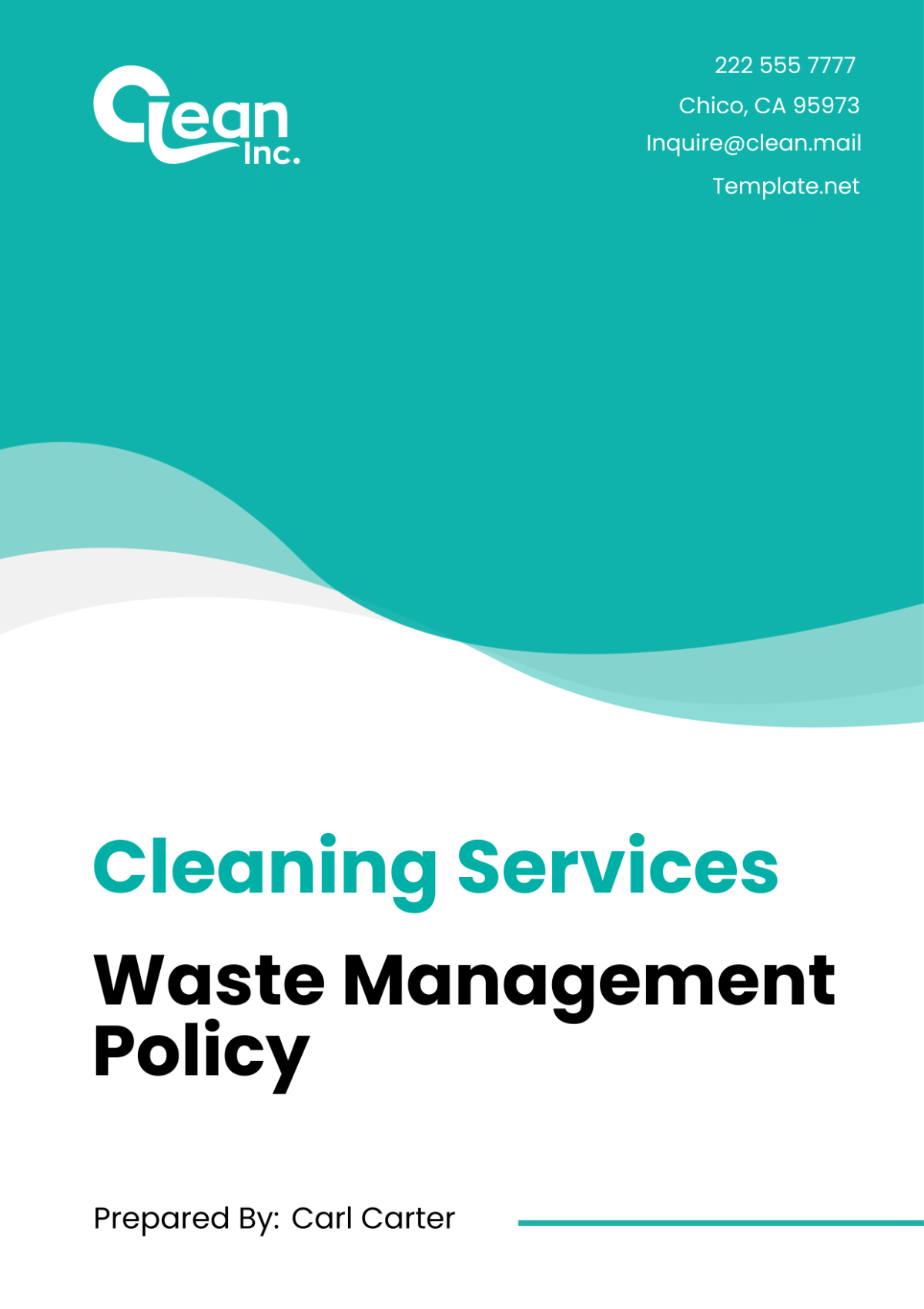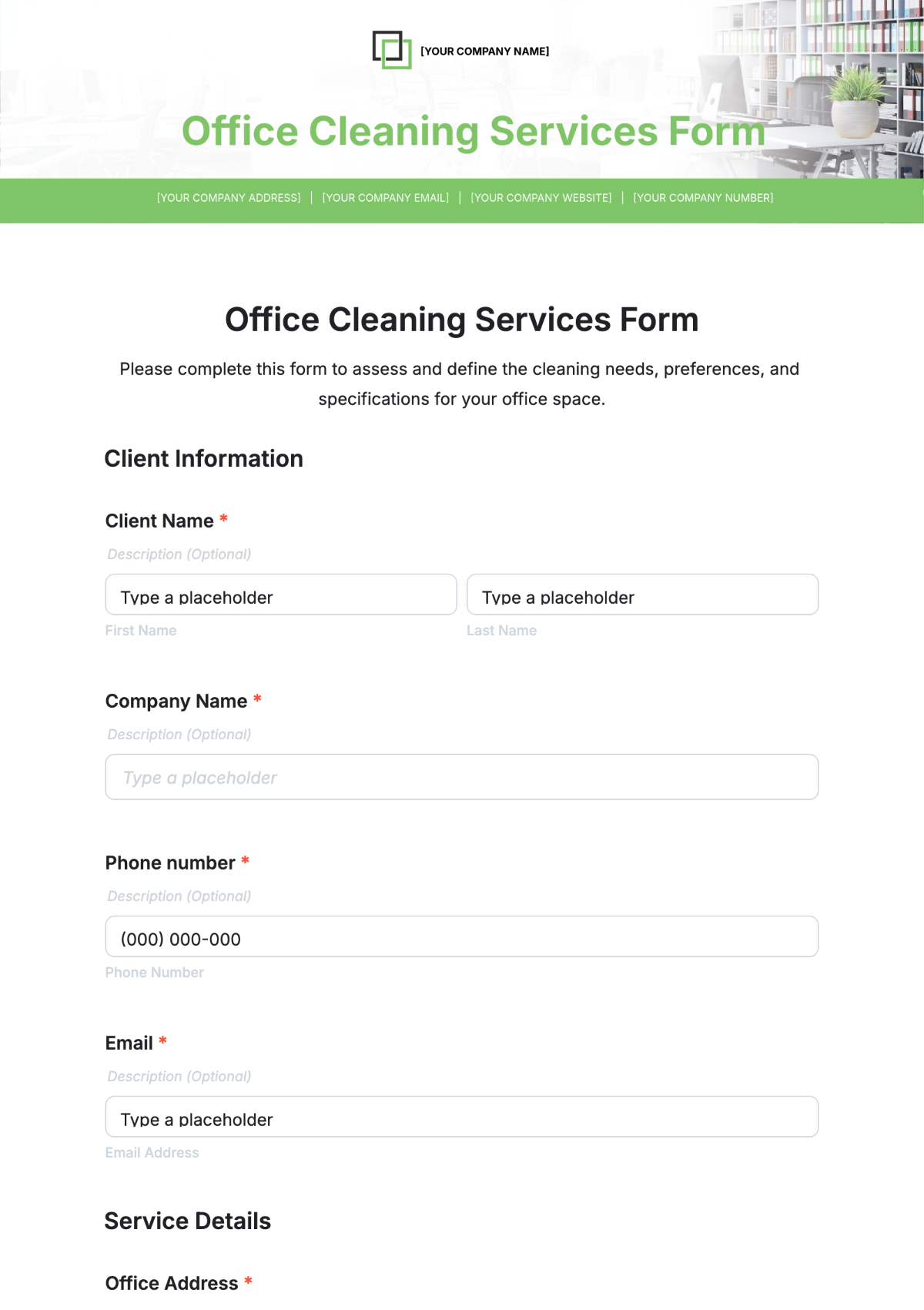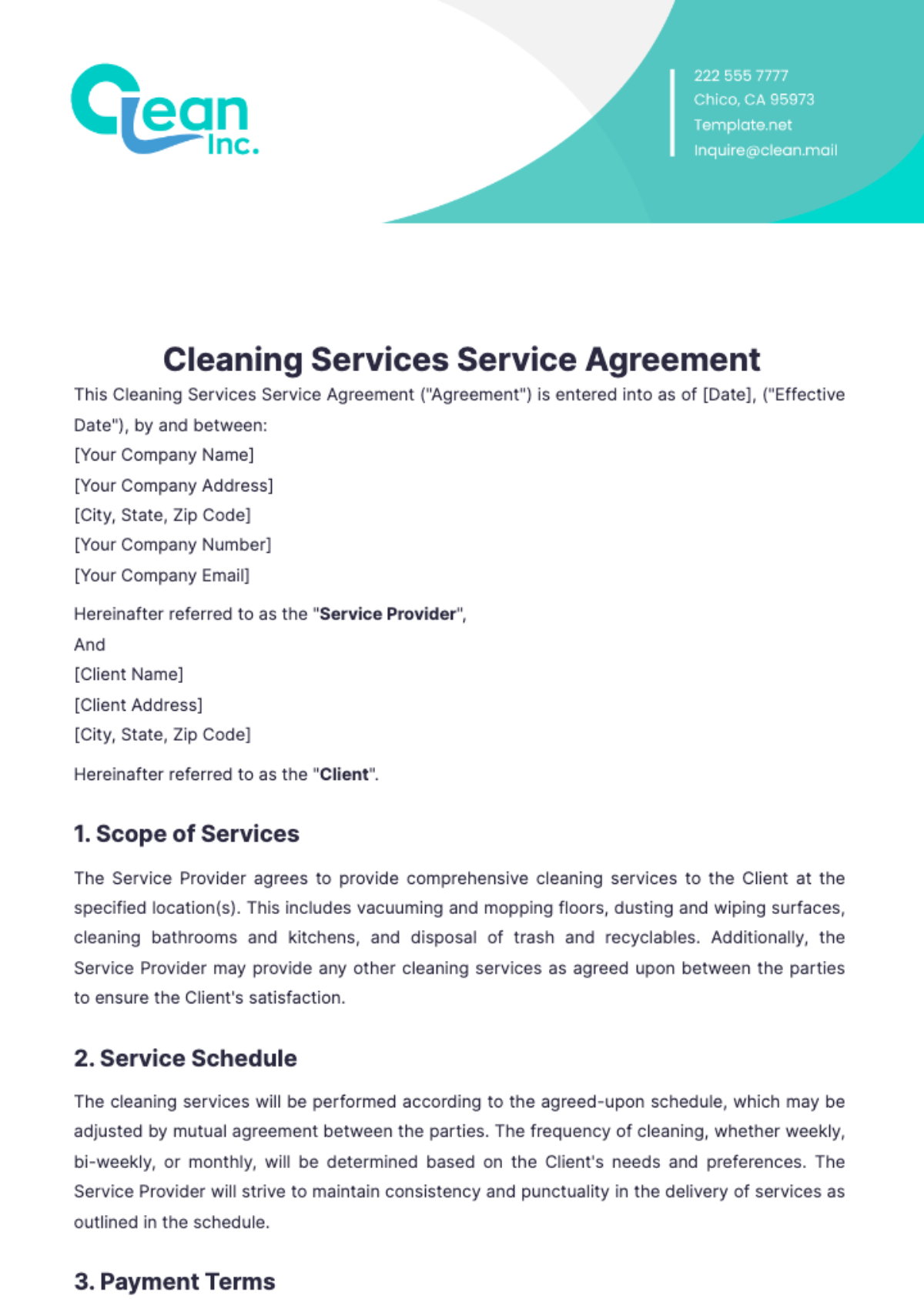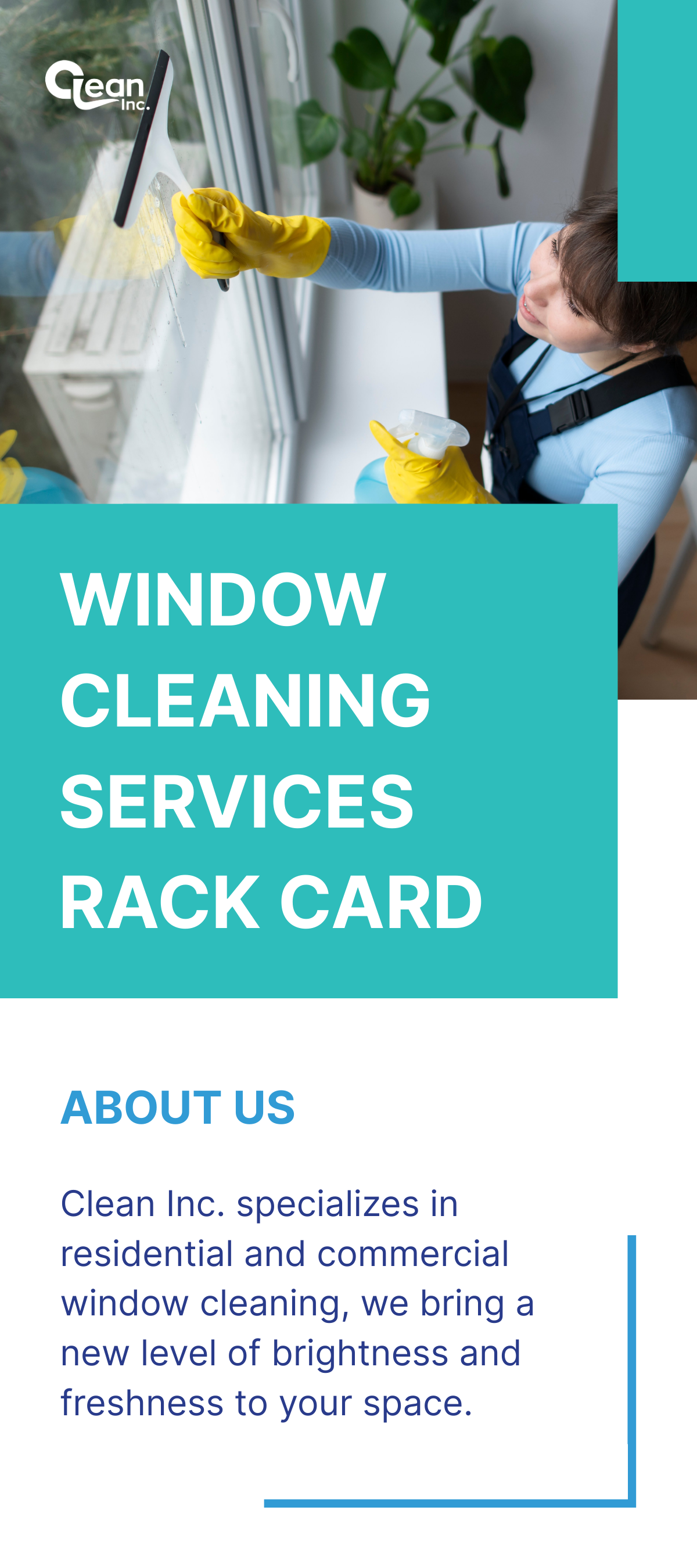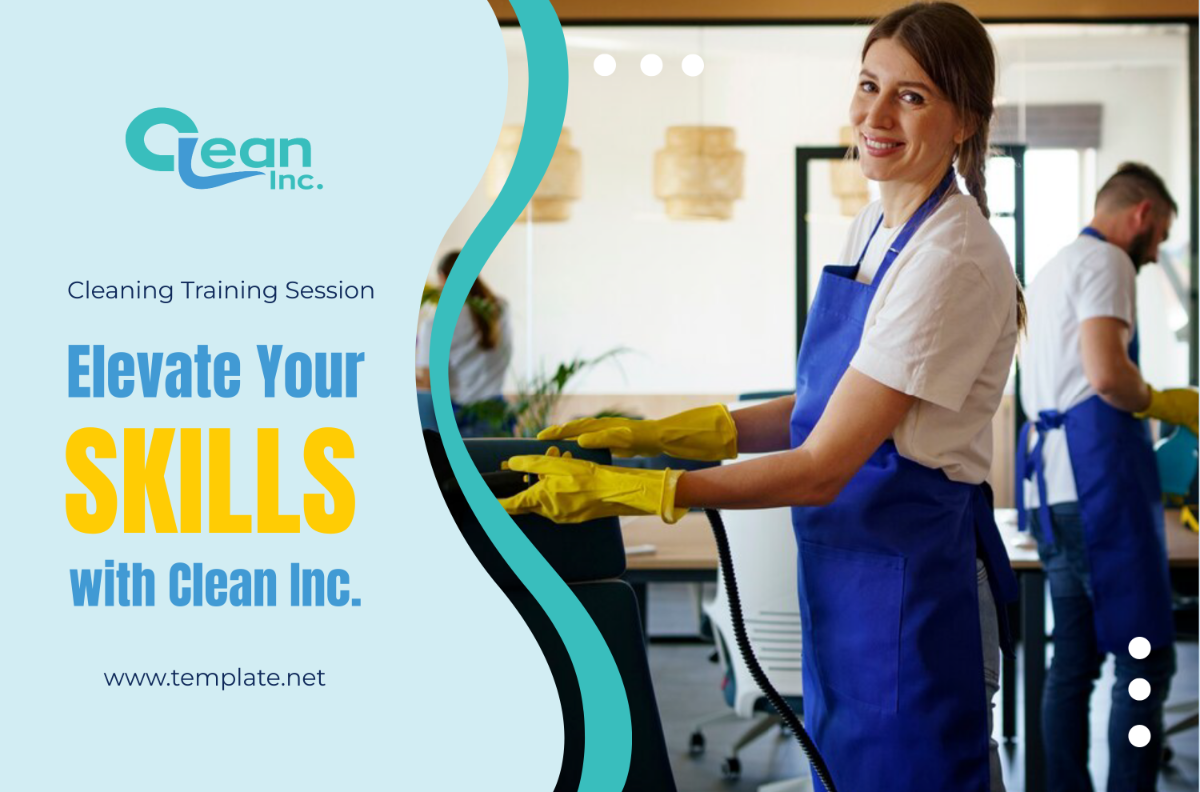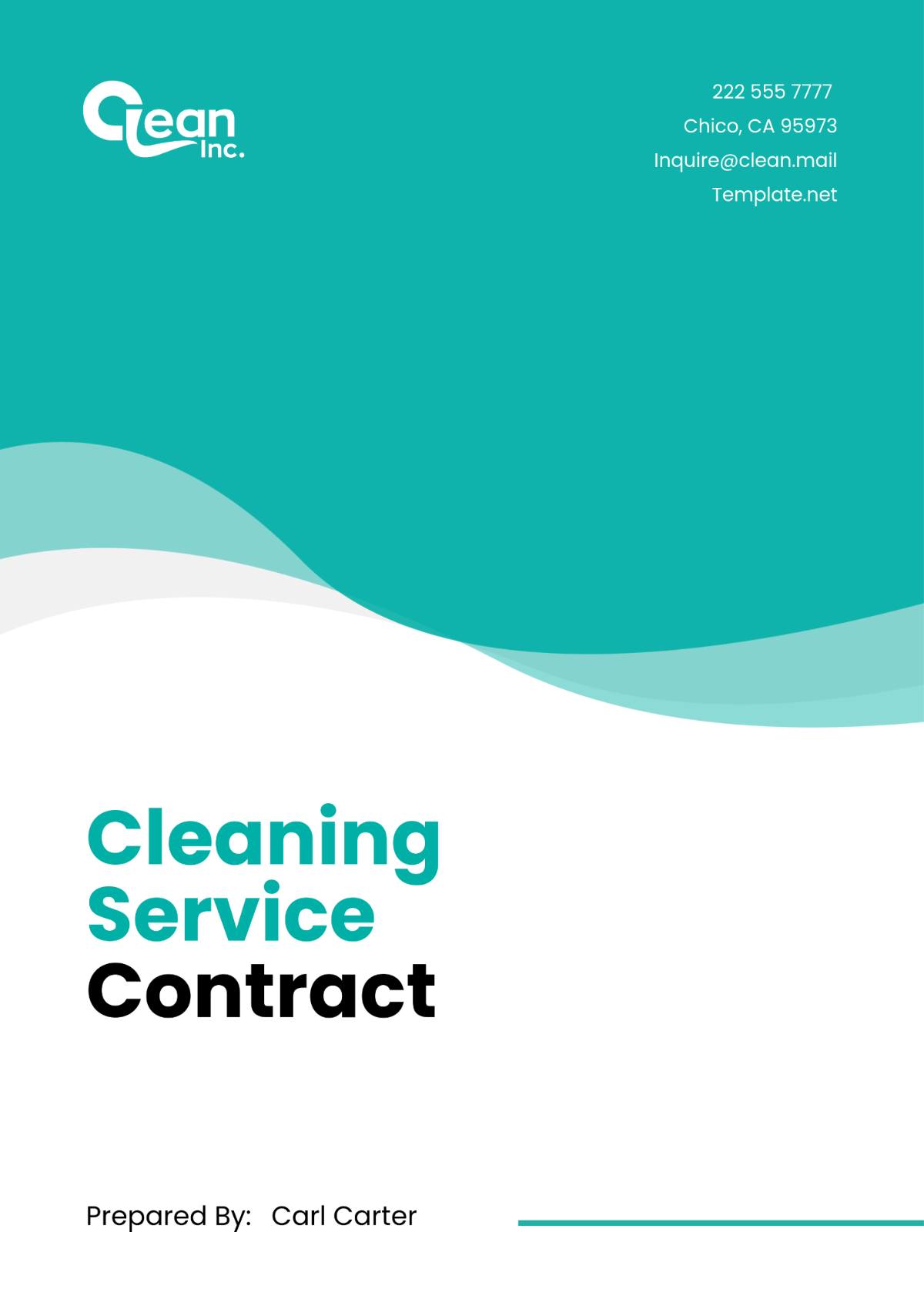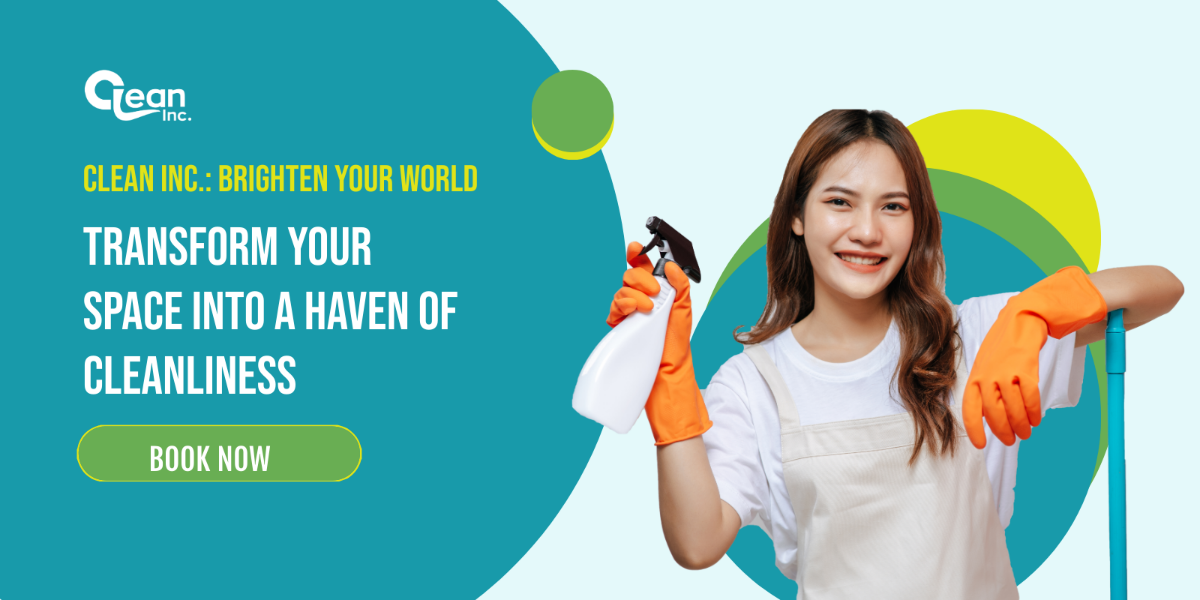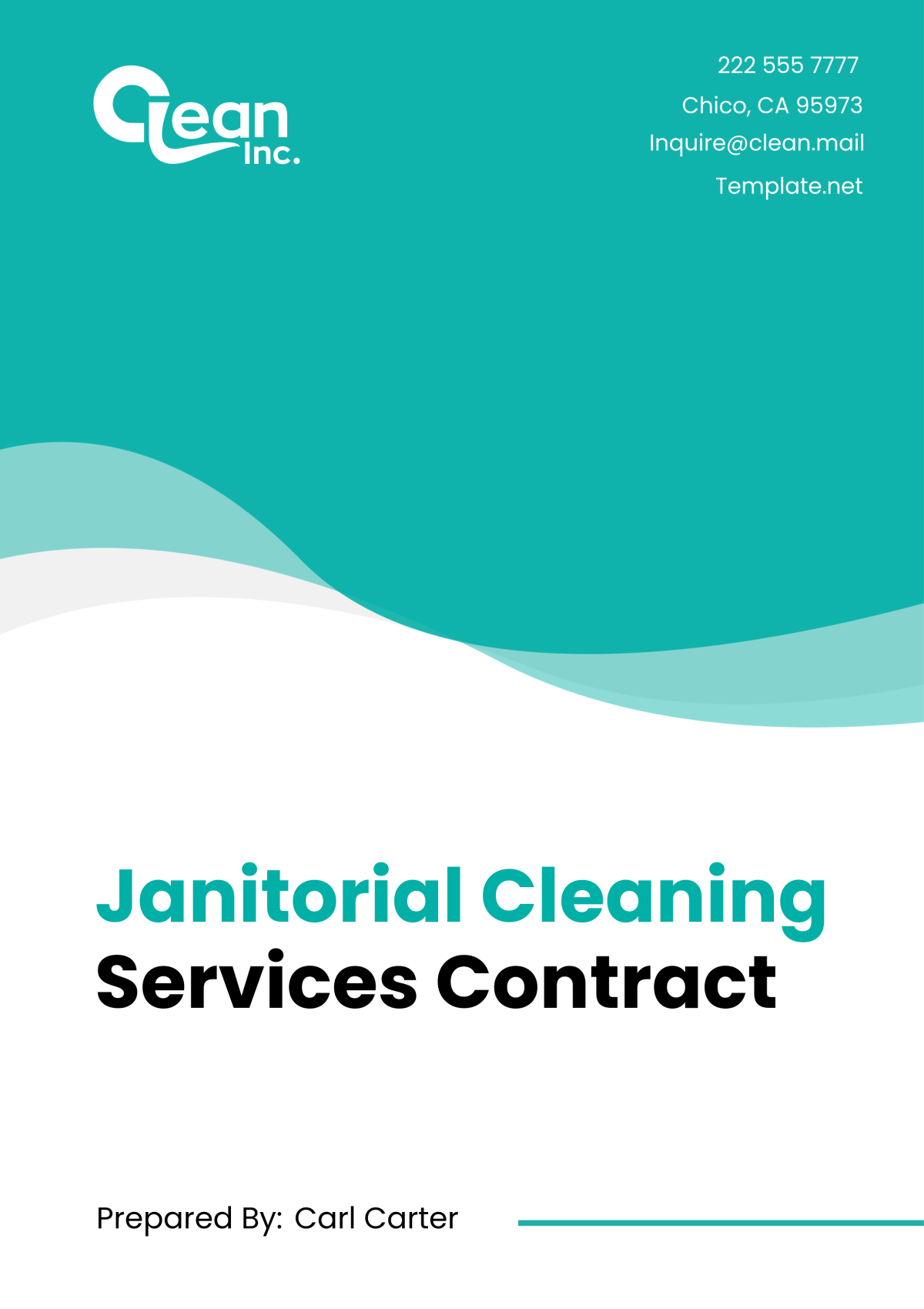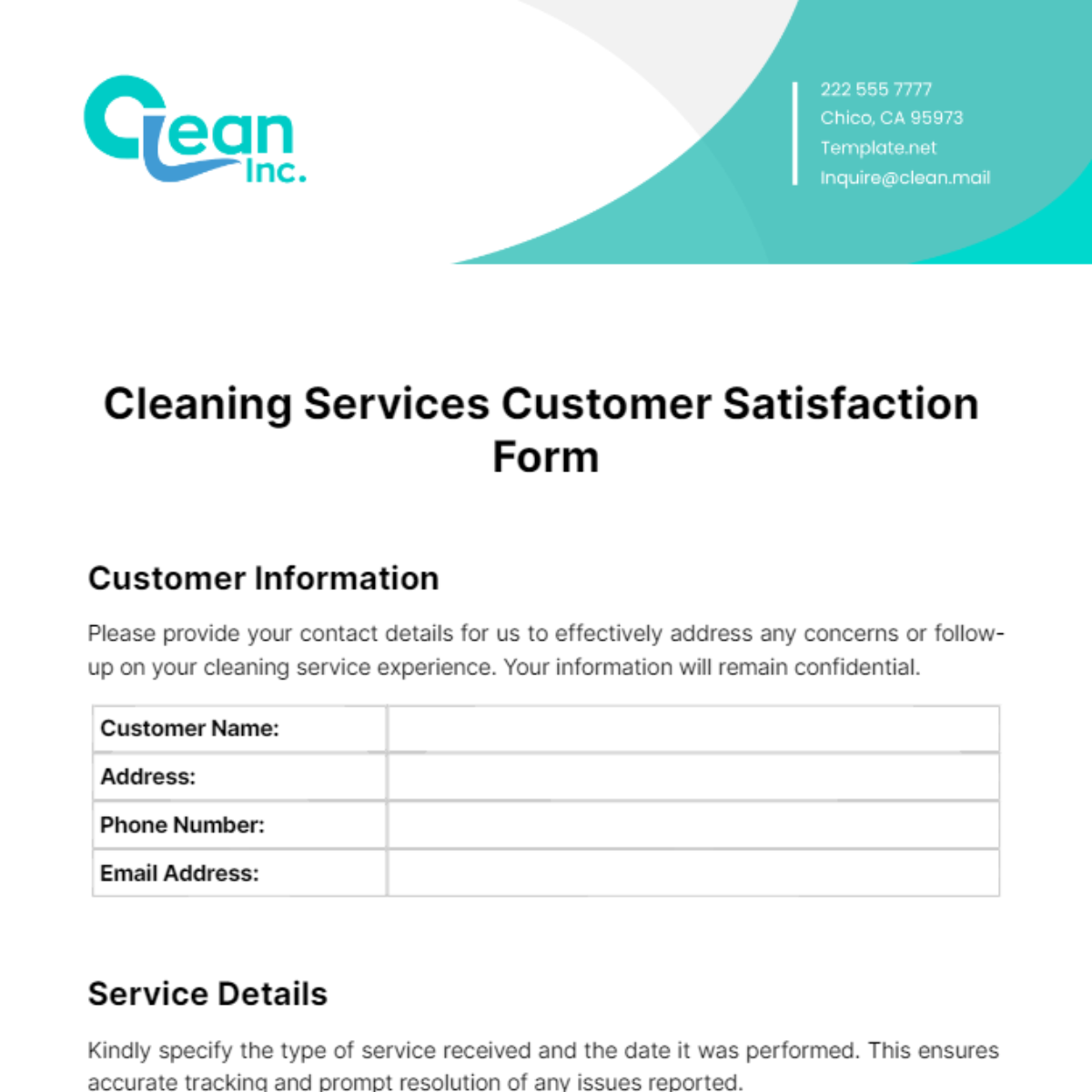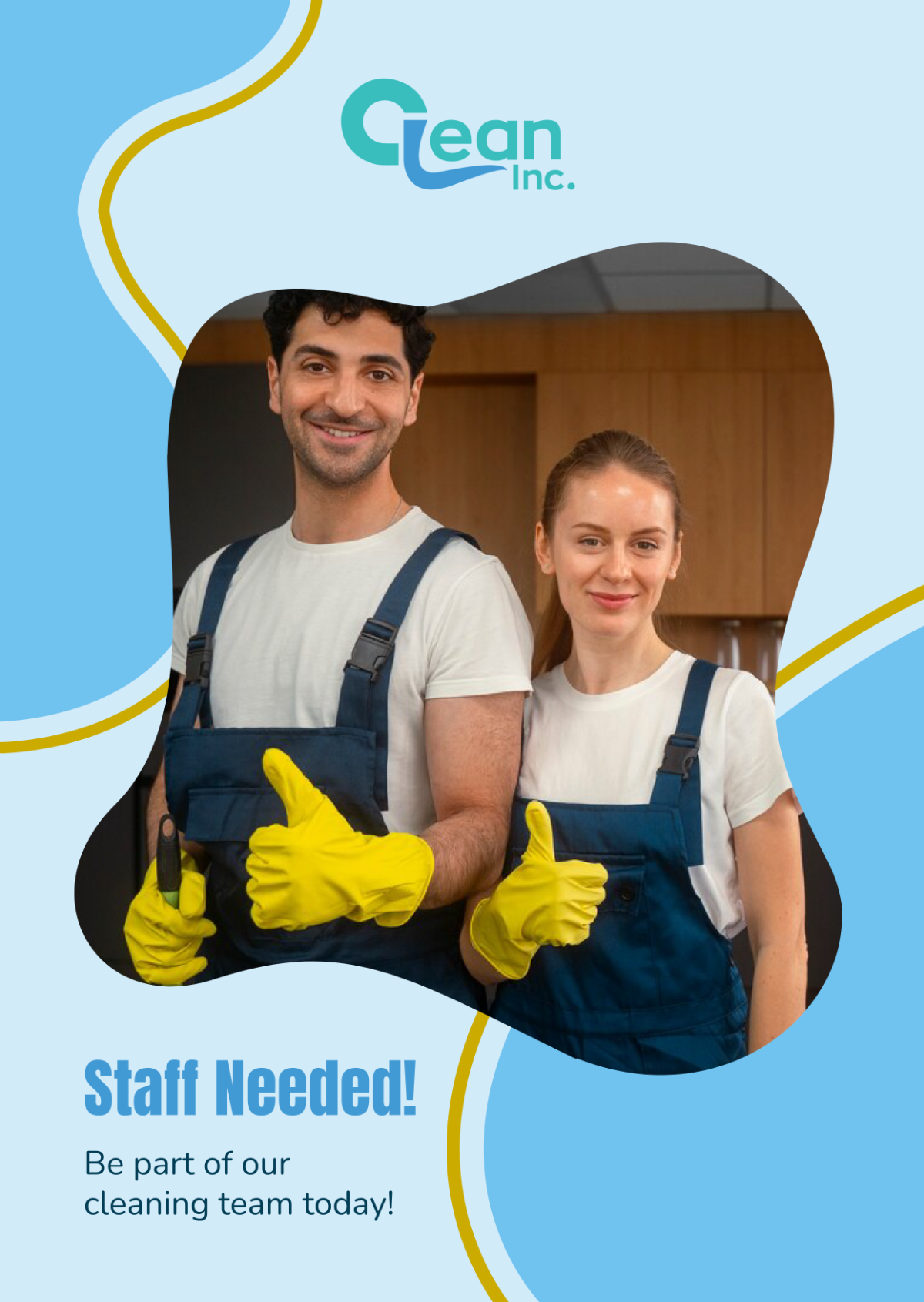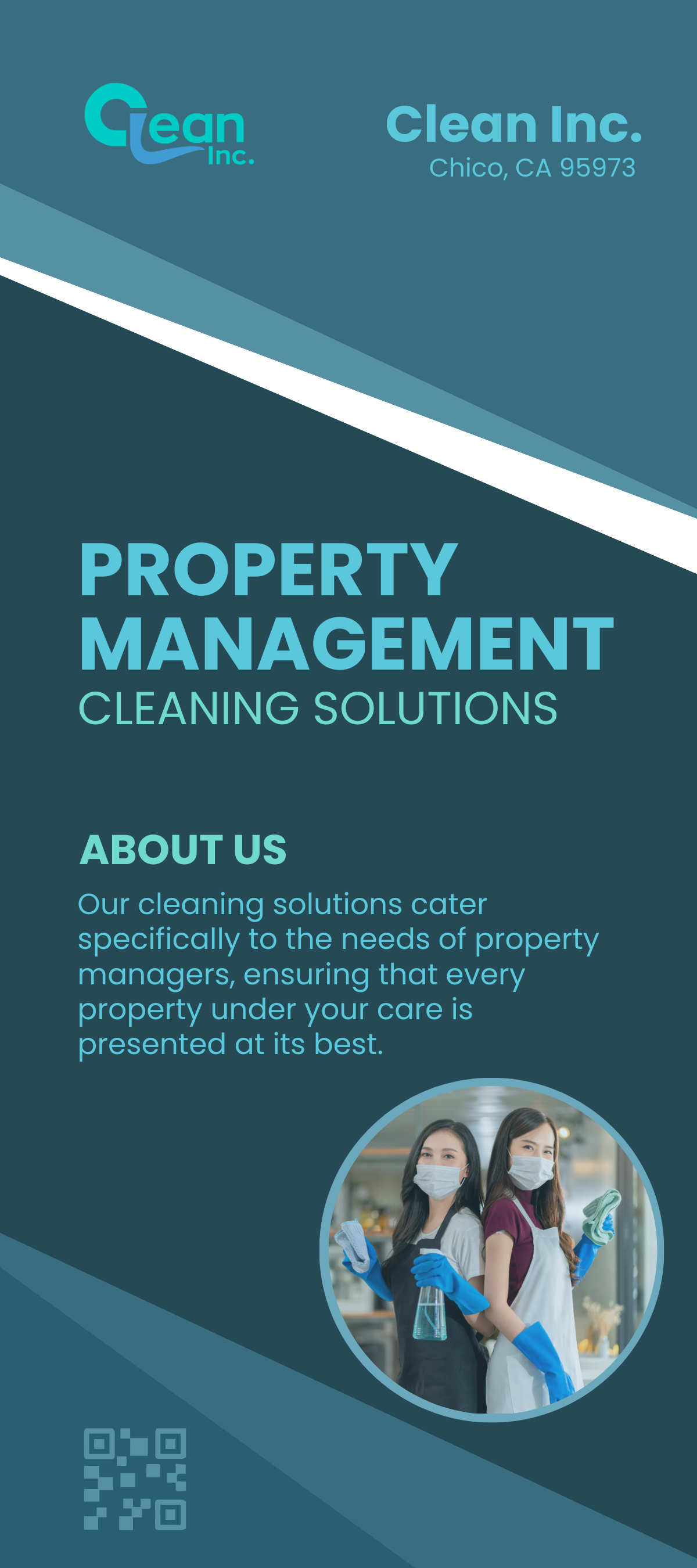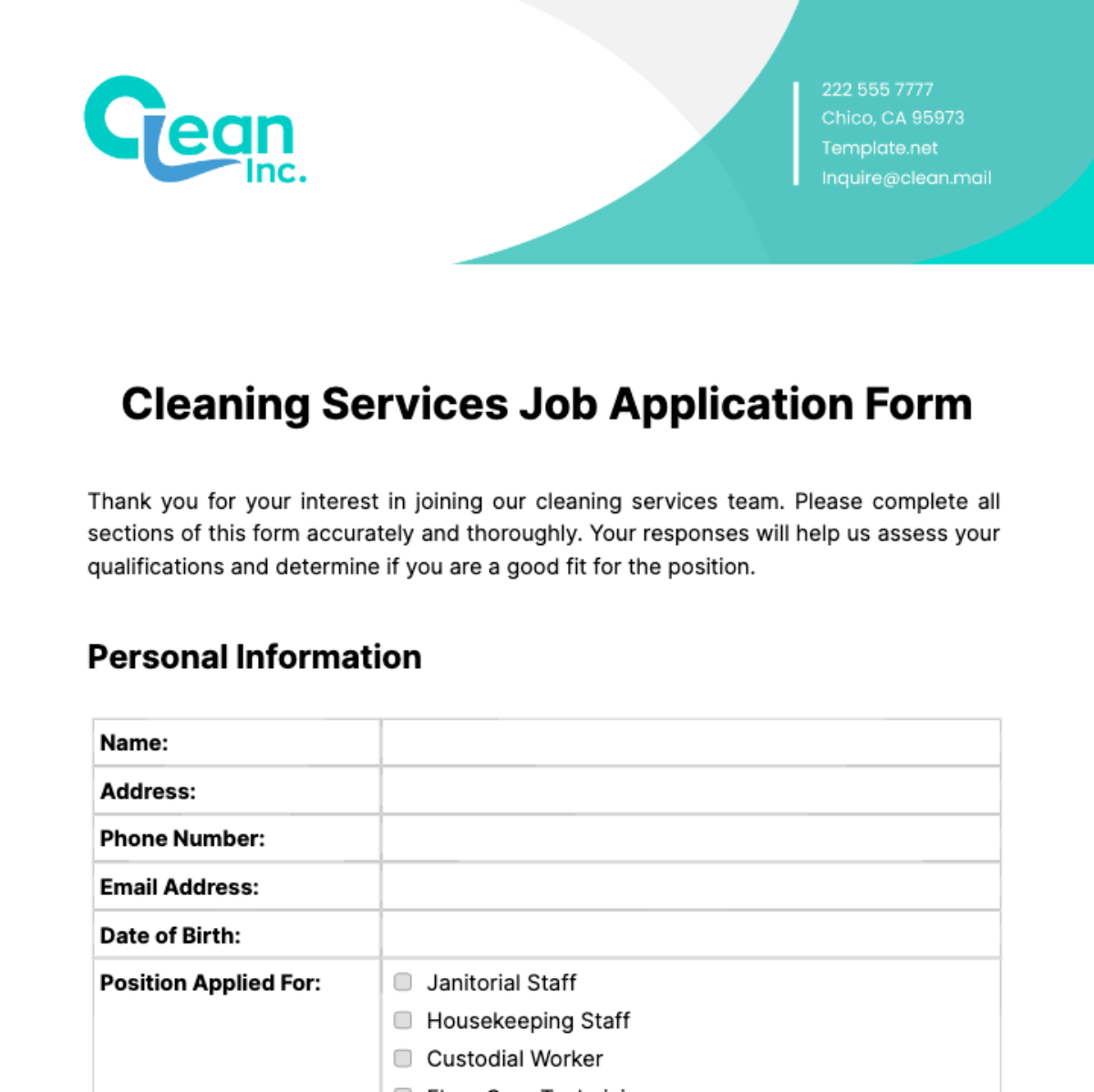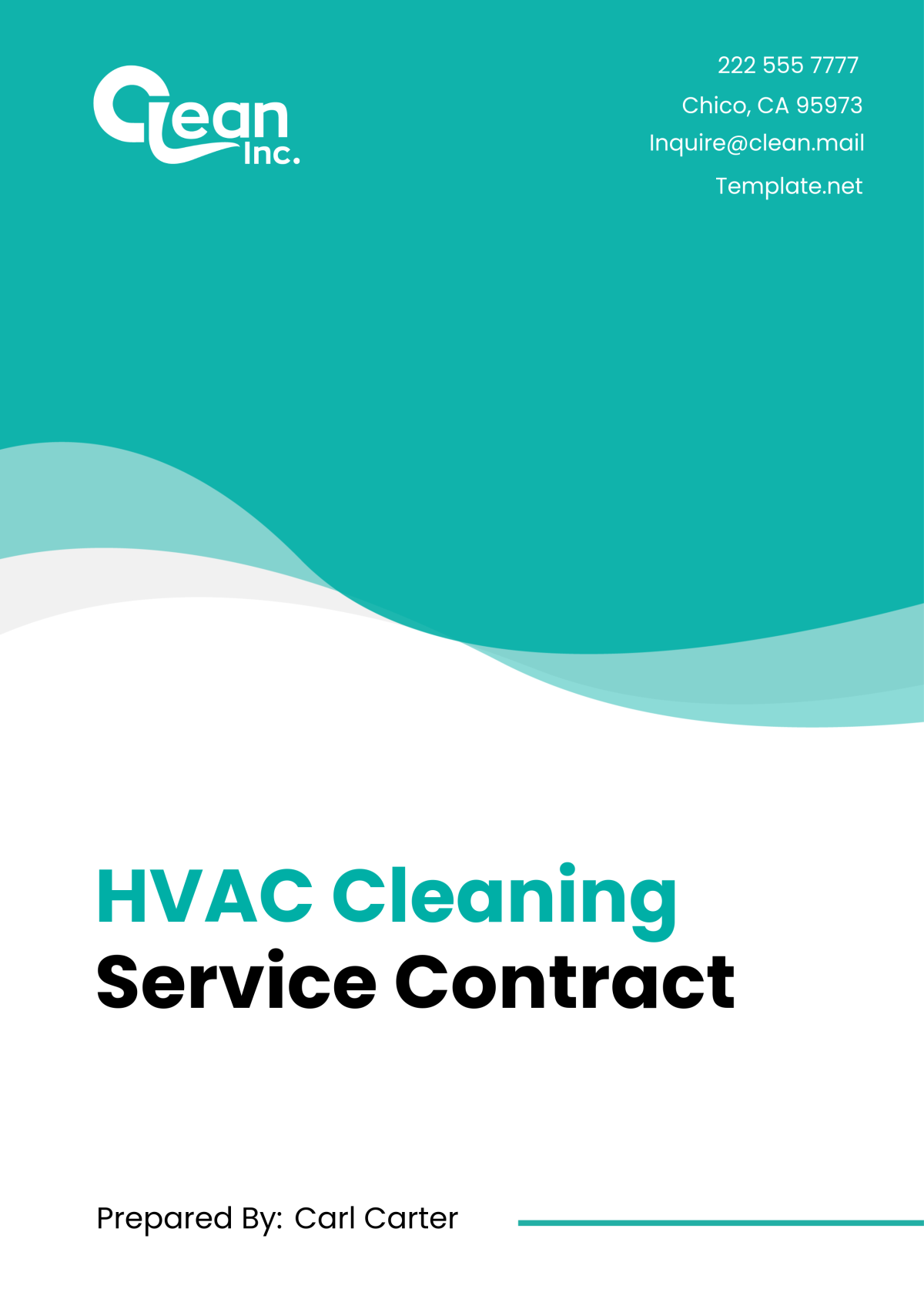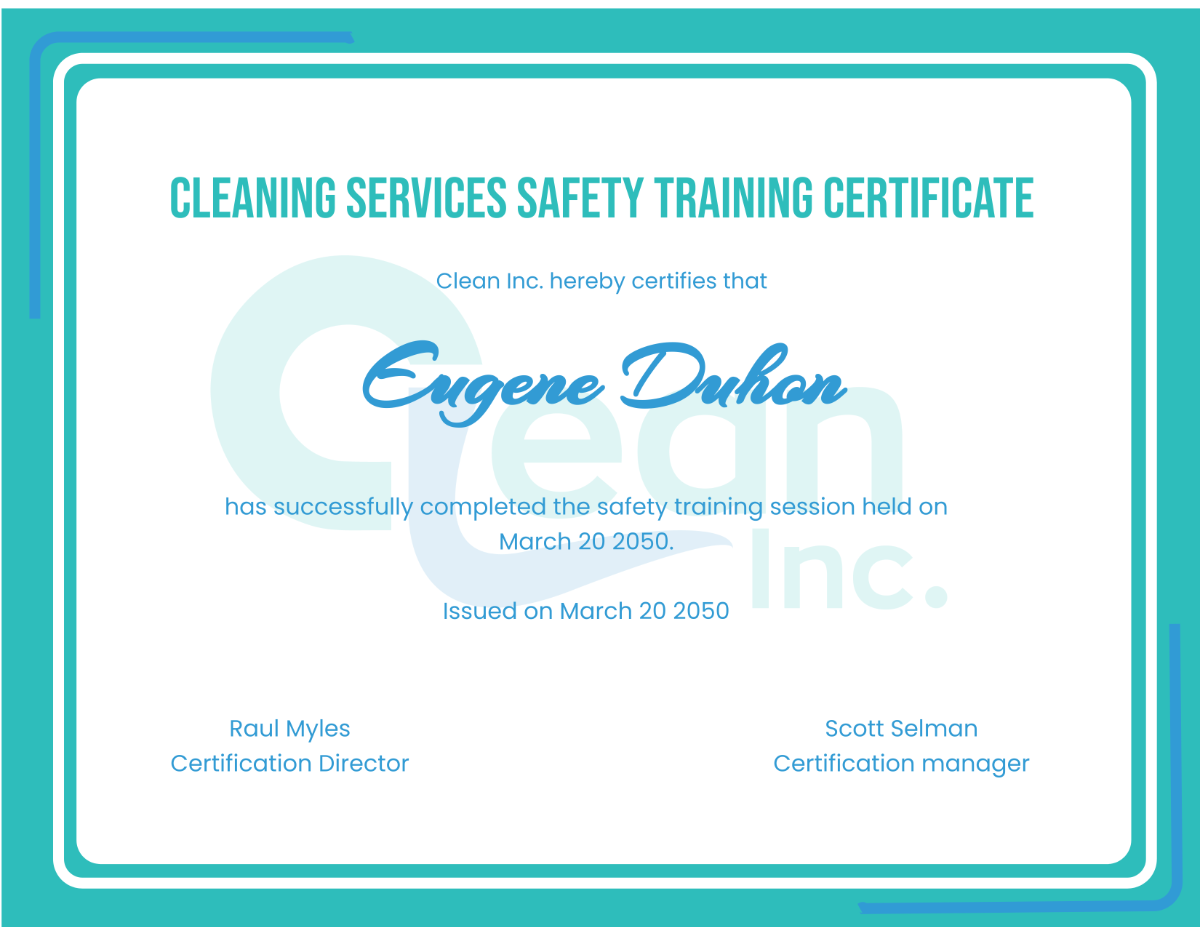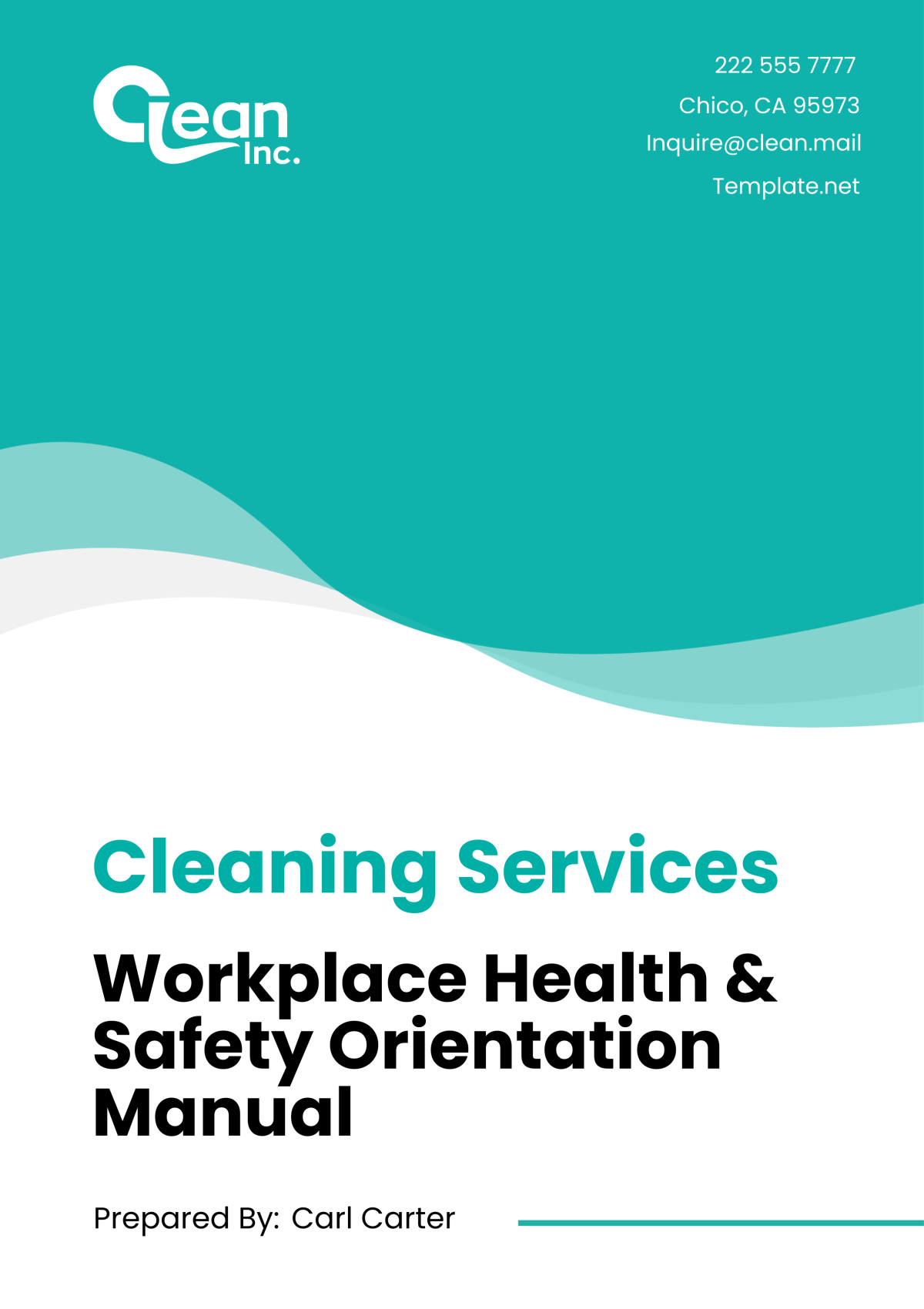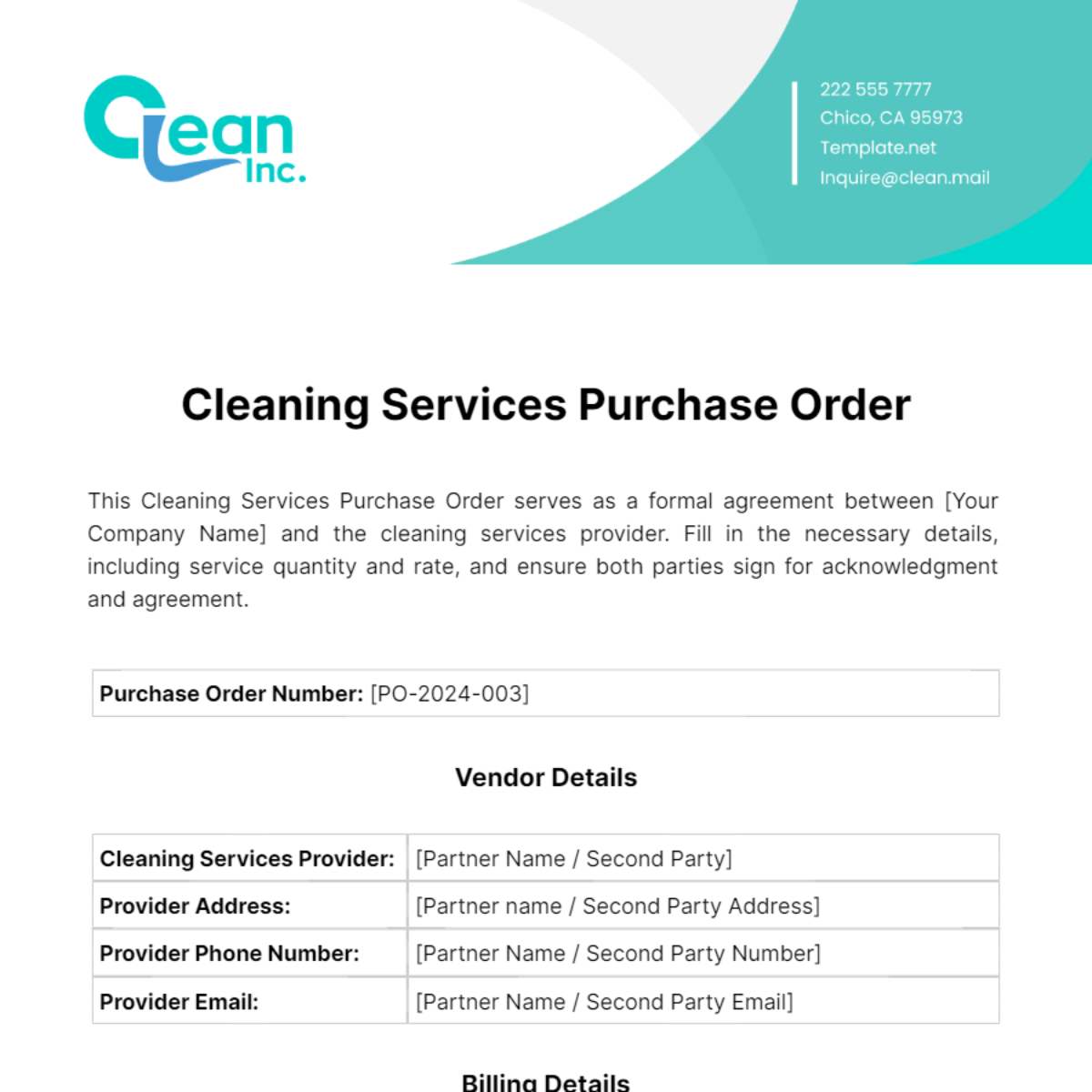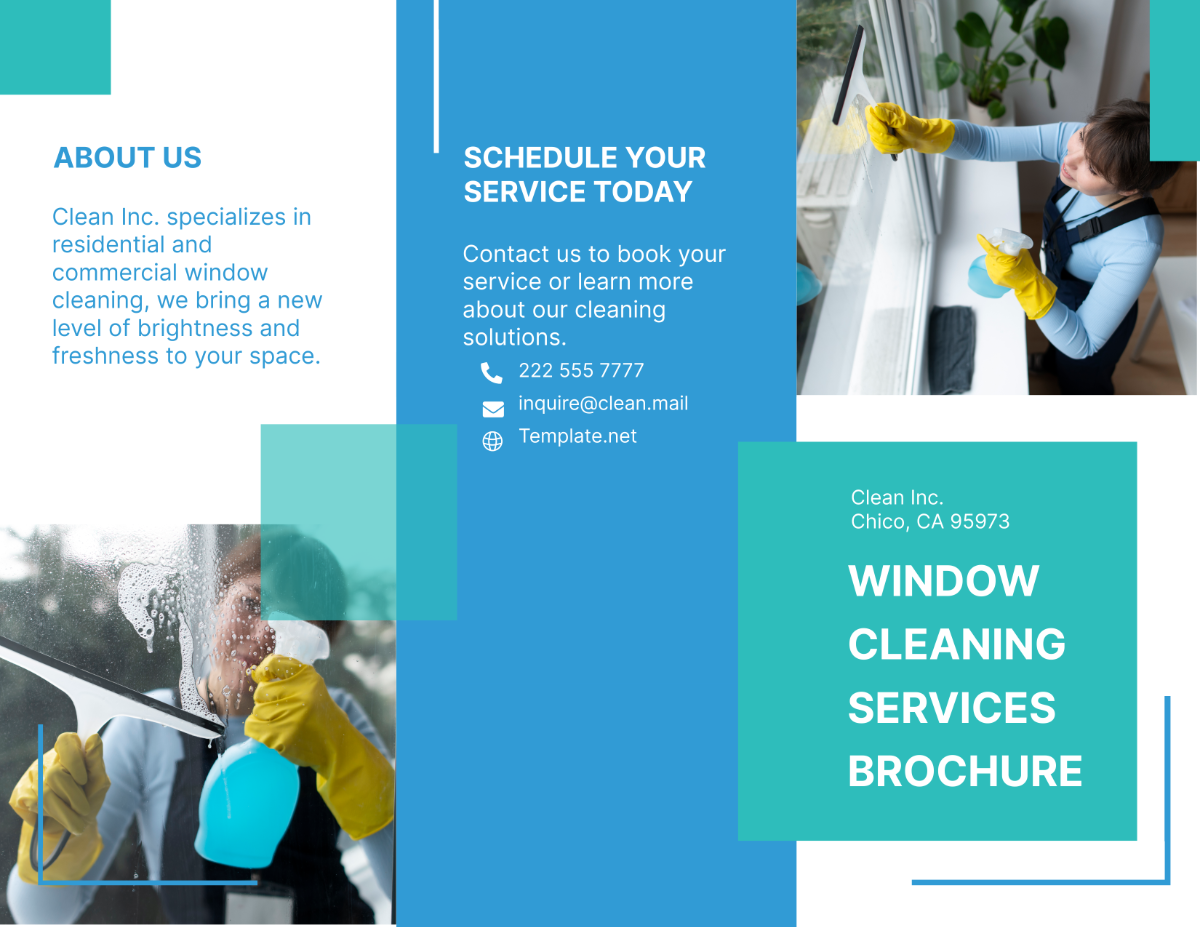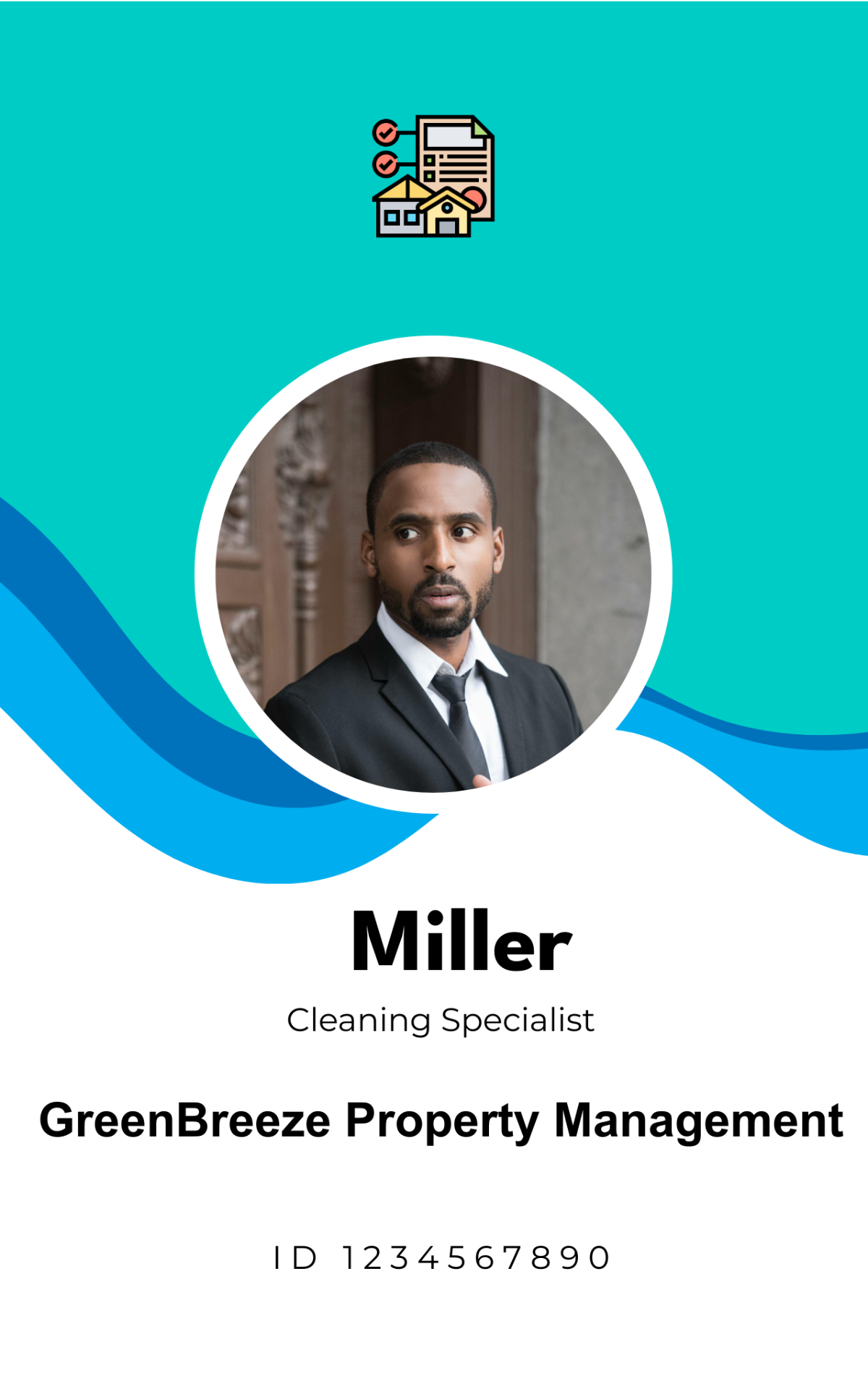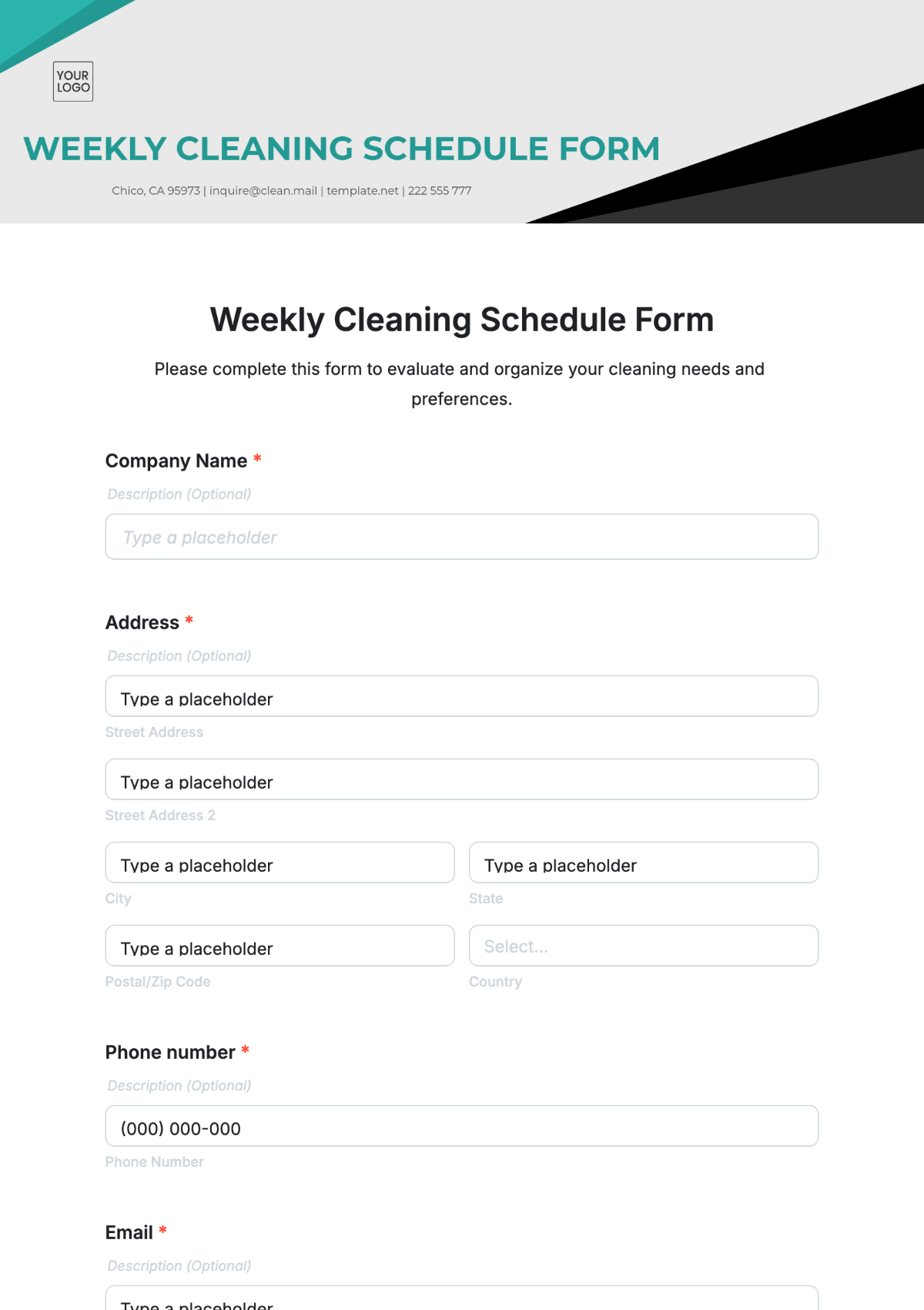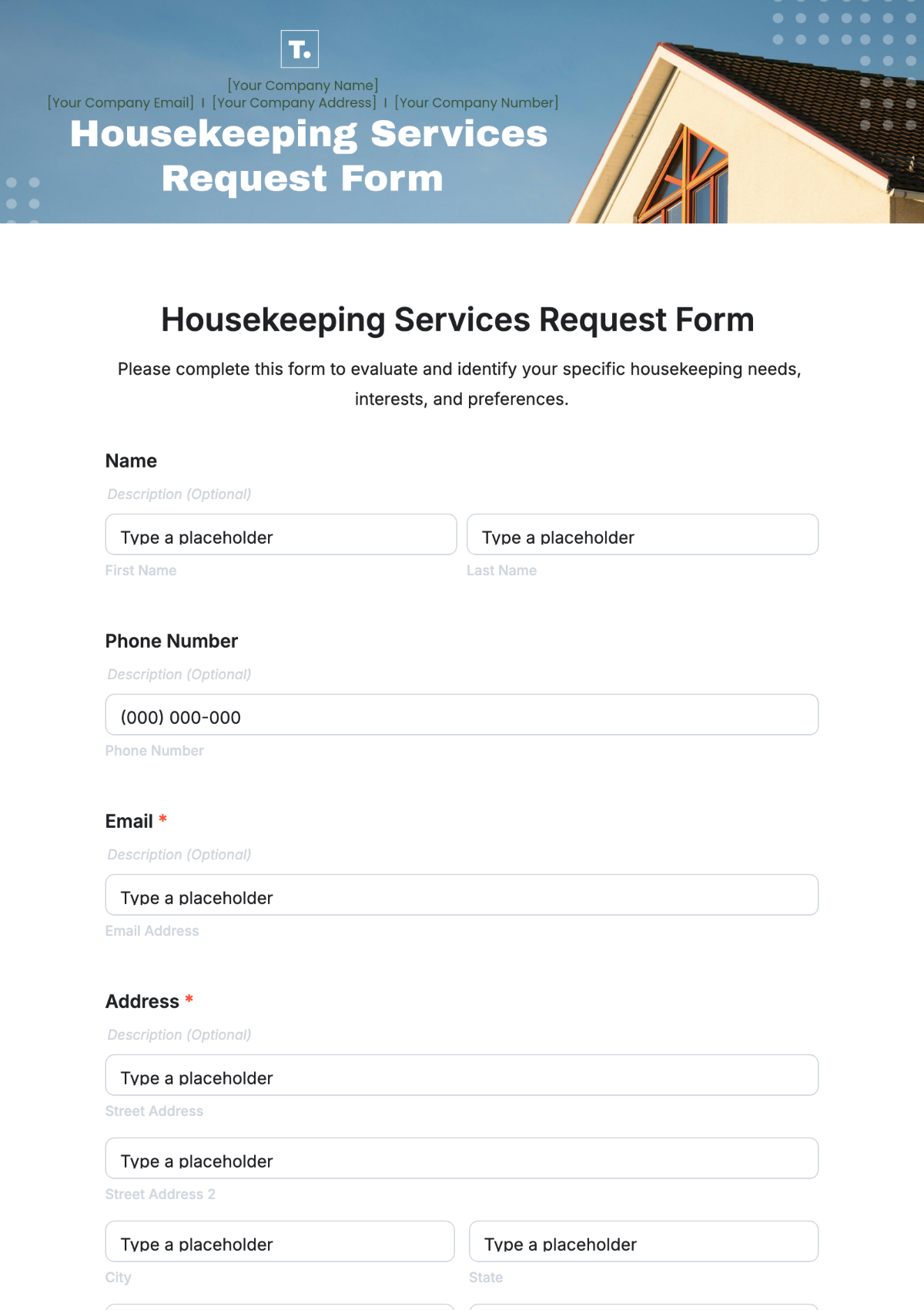Cleaning Services Safety Audit Protocol
I. Objective
The primary aim of this protocol is to institute a thorough and systematic safety audit specifically tailored for [Your Company Name]'s cleaning operations. The core objectives outlined within this protocol serve as a foundation to enhance safety standards and ensure comprehensive protection for both the cleaning staff and the public. Here's a detailed exploration of each objective:
Evaluate the Safety Measures in Place During Cleaning Operations: This involves a meticulous examination of all existing safety protocols, emergency response procedures, and the practical implementation of these measures during daily operations. The evaluation will cover the efficacy of signage, barriers, and the overall accessibility of safety equipment.
Test the Effectiveness of Cleaning Products and Equipment in a Safe Manner: This objective focuses on the performance and safety of cleaning chemicals and machinery used in operations. It includes assessing the potential health risks associated with their use, ensuring they meet industry safety standards, and verifying that staff are trained on the correct handling procedures to mitigate any risks.
Identify Any Potential Hazards in the Workplace: The identification of hazards is a critical step in preventing workplace incidents. This encompasses a wide range of potential risks, from chemical exposure and slips, trips, and falls, to ergonomic issues and equipment malfunctions. A systematic approach to hazard identification allows for proactive risk management.
Assess Staff's Understanding and Implementation of Safety Practices and Procedures: This entails evaluating the staff's knowledge and adherence to safety protocols. It involves reviewing training records, conducting interviews or surveys with staff, and observing practices in action to ensure that safety is not only understood but practiced consistently.
Suggest Potential Improvements for Cleaning Operations and Staff Safety: Based on the audit findings, this objective aims to provide actionable recommendations to enhance safety measures. These suggestions may include updates to training programs, the introduction of new safety equipment, or changes to operational procedures to eliminate identified hazards.
II. Protocol Overview
The Safety Audit Protocol for [Your Company Name]'s Cleaning Services is a comprehensive guide designed to ensure that the company adheres to the highest standards of safety and compliance. The protocol outlines a structured process, emphasizing the critical areas requiring attention, the materials needed, and the safety precautions that must be observed. By implementing this protocol, [Your Company Name] commits to:
Conducting a Comprehensive Evaluation: The protocol offers a systematic evaluation of the company's current safety practices, identifying areas of strength and those requiring improvement.
Systematic Hazard Identification: Through a step-by-step process, it ensures that potential safety hazards within the cleaning operations are identified, allowing for immediate corrective actions.
Enhancing Company Reputation: By prioritizing safety and demonstrating a commitment to maintaining high standards, the company can bolster its reputation, fostering increased trust among clients and employees alike.
Meeting Legal and Industry Requirements: The protocol ensures compliance with all relevant safety regulations, helping the company meet legal obligations and industry standards, thus avoiding potential fines and legal complications.
III. Materials and Equipment
To facilitate a thorough and effective safety audit, the following materials and equipment are essential:
Safety Audit Checklist: A comprehensive checklist is crucial for a systematic review. It will cover all areas of safety, from personal protective equipment usage to the safe handling and storage of cleaning chemicals, ensuring nothing is overlooked.
Personal Protective Equipment (PPE): PPE is essential for the protection of audit team members. This includes gloves, masks, goggles, and any other necessary equipment to safeguard against potential hazards encountered during the audit.
Note-taking Materials: Detailed records are essential for a comprehensive safety audit. Note-taking materials such as notepads, pens, and digital devices will be used to document findings, observations, and interviews conducted during the audit.
Inspection Tools: Tools such as light meters and noise meters are vital for measuring environmental conditions that could impact worker safety. These tools help quantify aspects of the work environment, such as adequate lighting and noise levels, ensuring they meet safety standards.
Camera for Visual Documentation: A camera is indispensable for capturing visual evidence of the audit findings. Photos can provide clear documentation of hazardous conditions, equipment misuse, or areas requiring improvement, which is invaluable for the review and implementation of safety enhancements.
By equipping the auditing team with these essential materials and equipment, [Your Company Name] will ensure a comprehensive and effective safety audit, paving the way for a safer work environment for its employees and the public.
IV. Procedure
The execution of the safety audit is a critical phase where the theoretical components of the protocol are applied in practice. This section outlines the step-by-step procedure to conduct the safety audit effectively, ensuring comprehensive coverage of all essential aspects of the cleaning operations. Each step is designed to facilitate a thorough examination of the workplace, assess compliance with safety standards, and identify areas for improvement. The procedural steps are enumerated in a structured table format, allowing for clear guidance and efficient execution by the audit team. This methodical approach not only enhances the accuracy of the audit findings but also ensures that the process is conducted in a systematic, organized manner, minimizing oversights and maximizing the opportunity for safety enhancements.
Step | Action |
|---|---|
1 | Initiate the safety audit by briefing all audit members about the purpose, objectives, and steps of the audit. Assign each member a specific task to ensure all areas are covered. |
2 | Each auditing member must dawn their Personal Protective Equipment (PPE) to ensure their own safety during the audit. Then, begin the safety inspection using the safety audit checklist as a guide. |
3 | Document the observations by taking notes and collecting visual proof. In case of any major safety lapses, stop the work immediately and report to superiors. |
4 | Review all collected data, sort and analyze them to identify patterns and areas of concern. This should lead to recommendations for improving safety protocols. |
5 | Prepare a detailed audit report discussing findings, suggesting recommendations, and providing a timeline for the implementation of these suggestions. |
This procedural table is the blueprint for conducting a safety audit within [Your Company Name]'s cleaning services. It ensures that each step is executed with precision, fostering an environment where safety is continuously monitored, assessed, and improved.
V. Data Collection
The data collection phase of the safety audit is pivotal in gathering comprehensive insights into the current safety practices and identifying potential areas for improvement. This process involves a meticulous compilation of various forms of data, each contributing to a holistic view of the company's safety landscape. Let's delve into the components of this phase:
The Checklist of Safety Practices Being Audited: A predefined checklist serves as the cornerstone of the audit, ensuring a uniform assessment across all areas of cleaning operations. This list encompasses a wide array of safety practices, from the proper use and storage of cleaning chemicals to the maintenance and operation of cleaning equipment. The checklist enables auditors to systematically verify compliance with each safety standard, ensuring no aspect is overlooked.
Observations Made and Hazards Identified During the Onsite Inspection: Auditors meticulously record observations and identify hazards in real-time. This hands-on evaluation provides invaluable insights into the day-to-day safety practices and highlights areas of concern that may not be apparent through other data collection methods. Hazards are categorized by their nature and potential impact, facilitating prioritized corrective action.
Data from Inspection Tools Measuring Factors Such as Noise or Light Levels: Specialized tools like noise meters and light meters are employed to measure environmental factors that could impact worker health and safety. This objective data supports a comprehensive assessment of the workplace environment, ensuring it meets all regulatory standards and provides a safe working atmosphere for employees.
Employee Interviews or Surveys Regarding Safety Procedures: Engaging directly with employees through interviews or surveys provides a firsthand account of their experiences and perceptions regarding safety in the workplace. This feedback is crucial for assessing the effectiveness of current safety training programs and identifying gaps in knowledge or compliance.
Photographs Documenting the State of the Workplace During the Audit: Visual documentation captured through photographs serves as concrete evidence of the conditions observed during the audit. These images can highlight exemplary practices as well as areas requiring immediate attention, serving as a powerful tool for both internal review and training purposes.
V. Safety Considerations
Throughout the audit process, maintaining the highest standards of safety is paramount. The following safety considerations are integral to conducting a safe, effective audit:
Always Wear the Appropriate Personal Protective Equipment (PPE): The safety of the audit team is non-negotiable. Wearing suitable PPE minimizes the risk of exposure to hazards during the audit.
Follow Industry Safety Standards Throughout the Audit: Adherence to established safety standards ensures the audit is conducted in a manner that reflects the company's commitment to safety and compliance.
Do Not Perform Audits Alone, Ensure Someone Is Aware of Your Whereabouts: Conducting audits in pairs or teams not only enhances safety but also fosters a collaborative approach to identifying and addressing safety concerns.
Do Not Interact With Any Potentially Dangerous Equipment Unless Trained: Interacting with machinery or equipment without the proper training poses a significant risk and is strictly prohibited during the audit.
In the Event of Finding Critical Safety Lapses, Immediately Report Them to Superiors: Prompt reporting of critical issues allows for immediate corrective action, safeguarding against potential accidents or injuries.
Do Not Ignore Small Violations, as They Could Lead to Serious Harm: Even minor safety infractions are noted and addressed, recognizing that they can escalate into more significant hazards.
Ensure All Communication About Safety Hazards Is Clear and Immediate: Clear, prompt communication regarding safety hazards ensures that all team members are informed and can take necessary precautions.
Never Compromise Personal Safety Under Any Circumstance: The safety of personnel is always the top priority, overriding all other considerations during the audit.
While Interviewing Employees on Safety Procedures, Ensure the Discussion Is Positive: Encouraging a positive dialogue around safety fosters an environment where employees feel valued and empowered to share their experiences and suggestions.
Ensure Disposed of Audit Materials Are Discarded in a Proper and Safe Manner: Proper disposal of any materials used during the audit minimizes environmental impact and adheres to safety and health regulations.
VI. Expected Results
The culmination of the safety audit protocol is expected to yield comprehensive insights into the efficacy of [Your Company Name]'s current safety practices. The audit's outcomes include:
A Thorough Understanding of Safety Within the Cleaning Operations: The audit provides a detailed assessment of the existing safety measures, offering a clear picture of the operational safety landscape.
Identification of Areas of Excellence and Improvement: By highlighting strengths and areas needing attention, the audit helps benchmark progress and prioritize improvements.
Actionable Recommendations for Enhancing Safety: Based on the findings, tailored recommendations are made, ranging from training enhancements to updates in equipment or procedures.
Enhanced Work Environment Safety: Implementing the audit's recommendations will lead to a safer working environment, reducing the risk of accidents and ensuring the wellbeing of employees.
Strengthened Trust and Reputation: Demonstrating a commitment to safety not only fosters trust among clients and employees but also enhances the company's reputation in the industry.
This comprehensive approach ensures that [Your Company Name] not only meets but exceeds safety standards, positioning the company as a leader in workplace safety within the cleaning industry.
VII. Conclusion
With a well-designed safety audit protocol such as this, any cleaning company can maintain a high-level safety standard, satisfying the legal requirements, and ensuring the confidence of their employees and clients. The systematic approach to safety auditing will not only highlight safety hazards but will also provide a clear path for their rectification. This commitment to safety will position the company as an industry leader and will continue to grow its brand's unique identity. It’s essential to periodically review and update the protocol as per industry advancements and company needs to remain its effectiveness.
Prepared By:
[Your Name]
[Your Email]
